May 9, 2021
Martha O'Kennon
The primroses are at their prime if you know what I mean. The Celandine Poppies were just waiting for a nice sunny day to show themselves at their best. And on the south side of the shop, a tall yellow and green Tulip smiles down on the Wild Geraniums (not to be confused with the big pink and red Pelargonia, which are also called Geraniums).

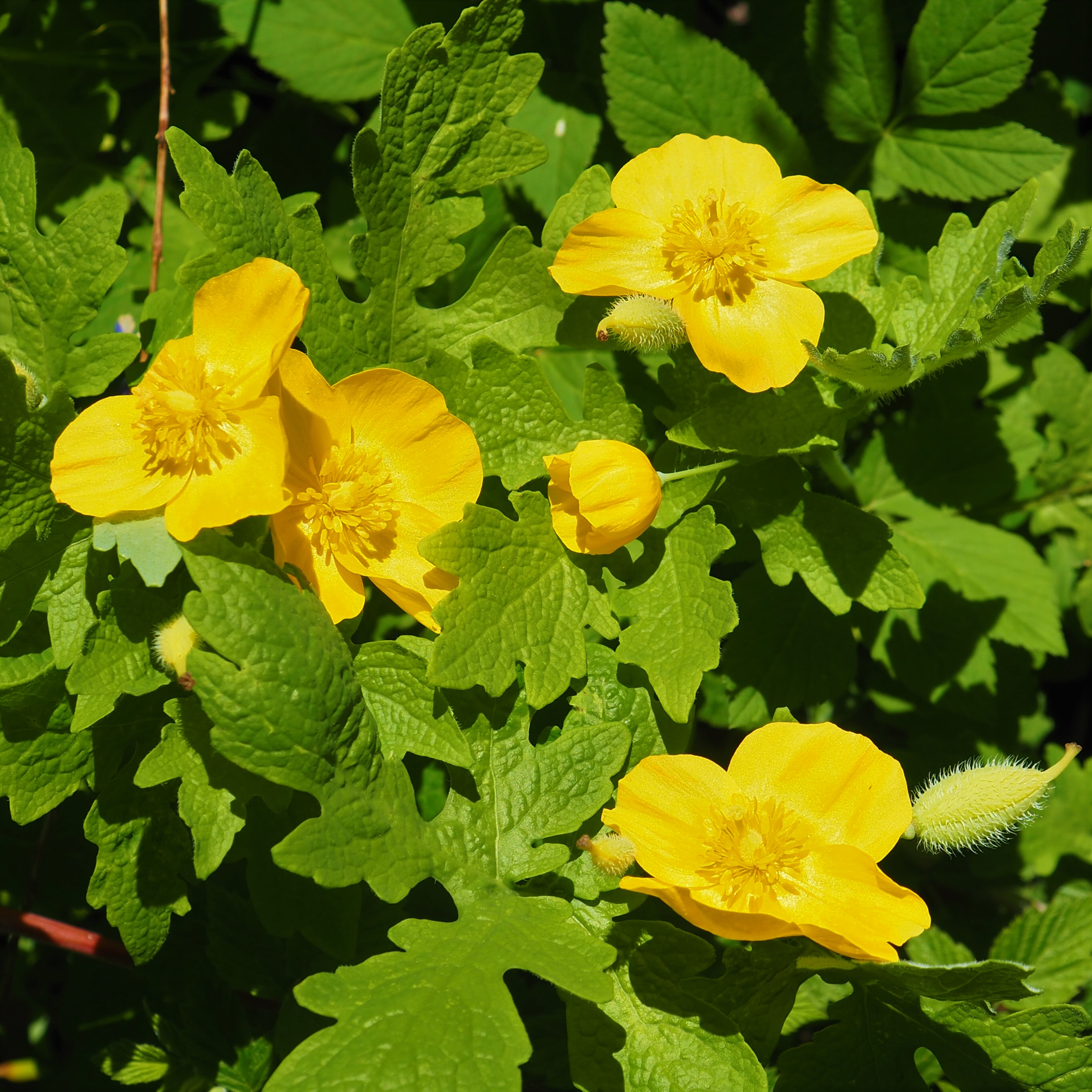
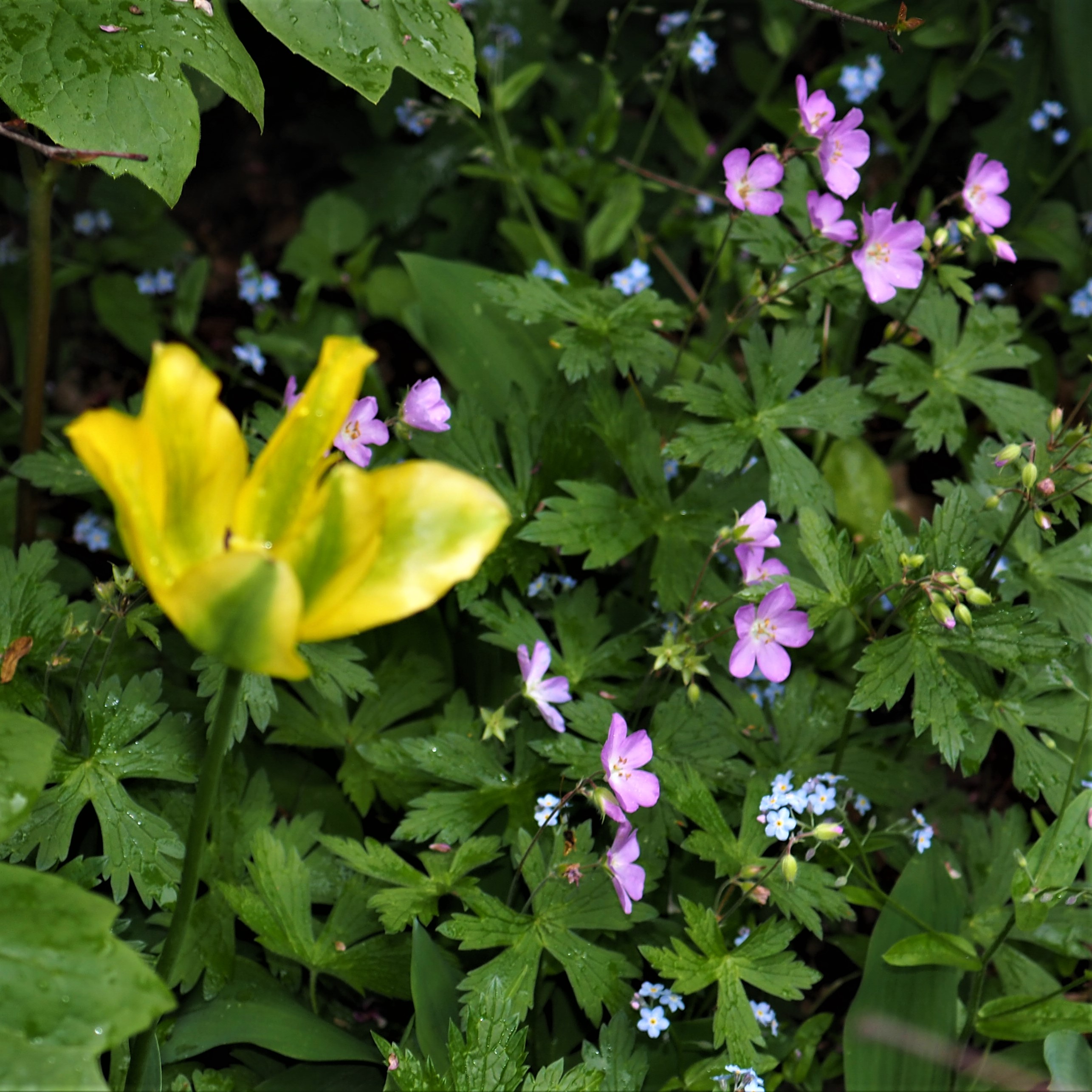
Remember that there is information in the name of the file for each image. You can see it by mousing over the image - look at the lower left of the screen. Or you can click on the image to get to the (usually) larger image. Then the info is displayed in the address line above. Sometimes the second click will actually display a different view of the original image.
When it's cooler (which it has been) our Ant friends tend to tuck themselves into their underground chambers. But the Eastern Black Carpenters are among the hardiest. Here are two of them. The third picture tries to show a Small Honey Ant, but they don't often have whitish legs - eight of them - I think this Ant is really a Spider!

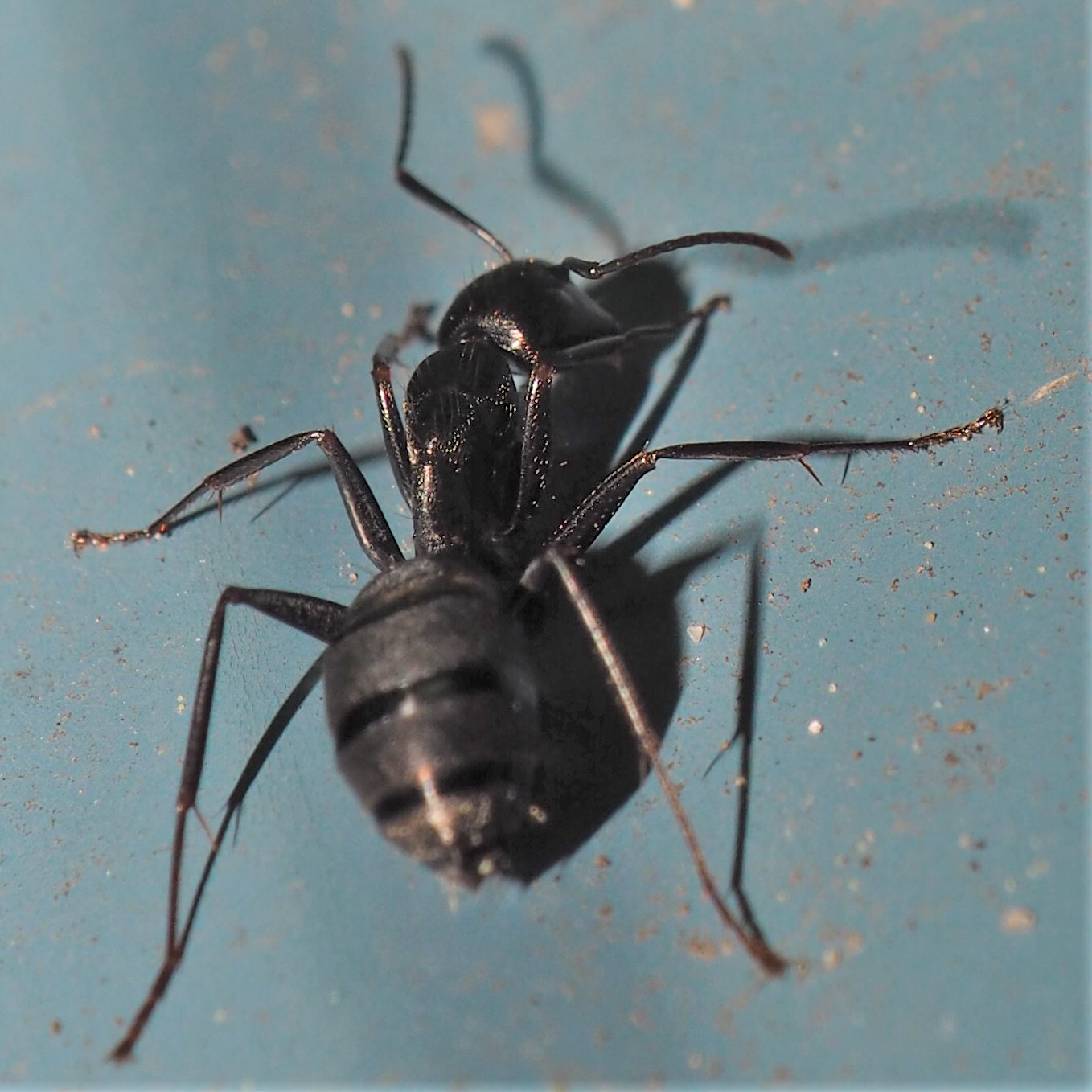
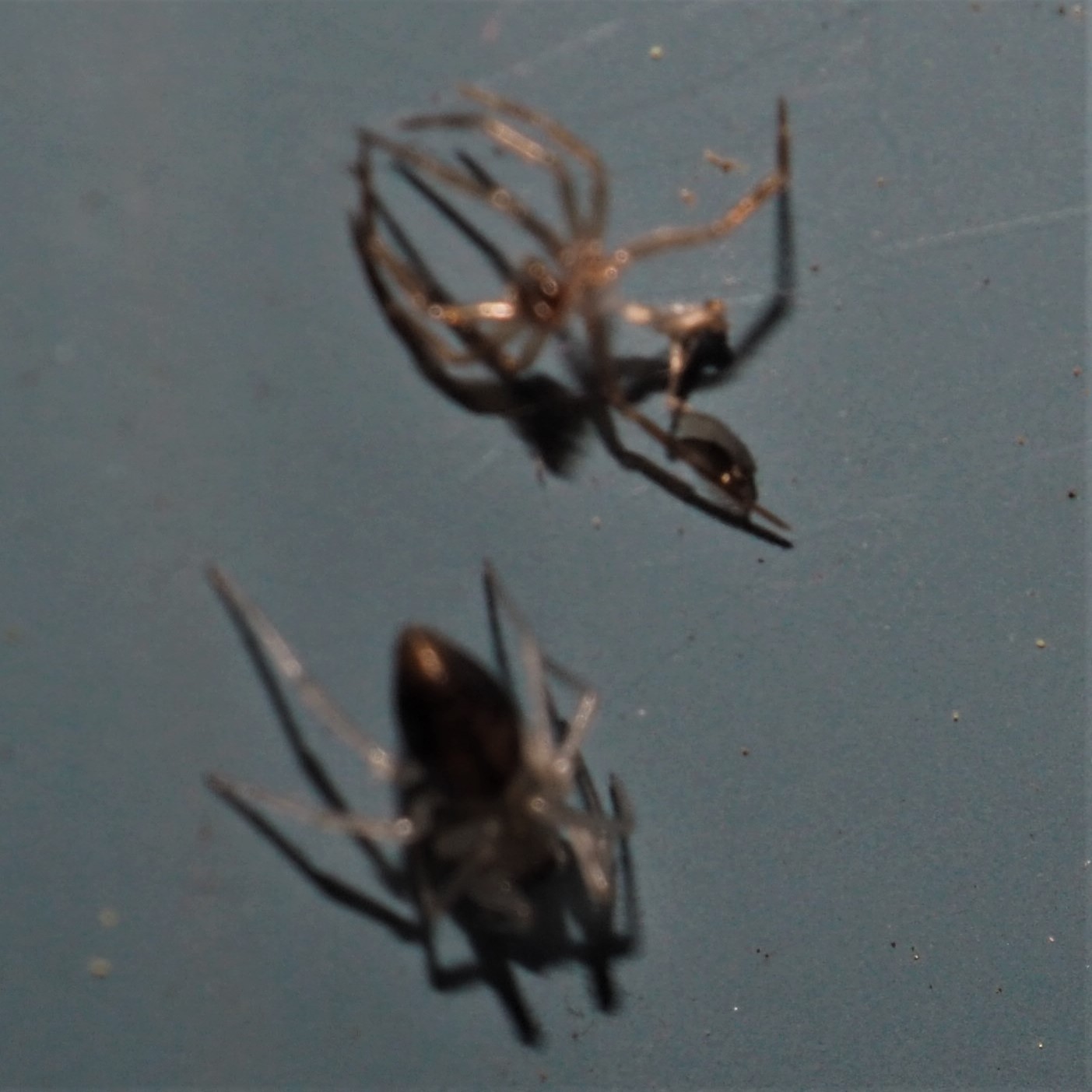
So we don't even have many Ants. Which means we have already reached the point in our blog where we talk about Barklice. Good thing that lately the Barklice are becoming more active and a few little nymphs have hatched.. Especially on the northern end of the East Wall. Here's one from panel East 8 panels from the northern end. And funnily, on the North Wall, there is one little hatchling on panel 8 (from east). Picture 2 also shows a bunch of tiny round shapes. What might they be?
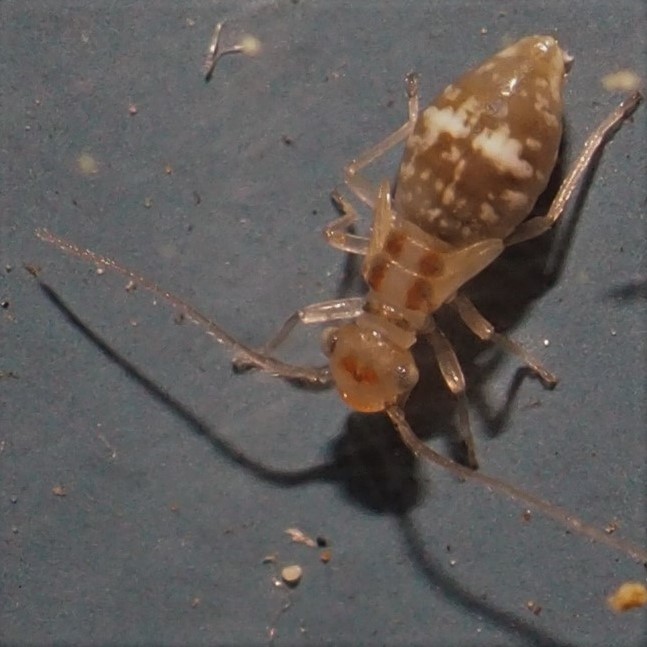
 ectopsocus eggs- 5 7 21 1.jpg)
Now on May 4, when I had just started my path around the shop with an examination of the South Wall, when I got to the 4th panel from the east corner, suddenly I saw a sight that really woke me up. There was an adult that looked like an Ectopsocus meridionalis! Right behind it was a little spent nymphal skin. At first I didn't know for sure if it was really a skin, because that was just at the egg-laying end of the Adult. Only
when I came back to this spot and the adult had righted itself could I be sure that the white design really was the skin from which our adult had hatched. On May 5, not only was the new E. meridionalis still on panel 4 from east, but ALSO - a new individual had come to rest on South panel 9 from east.
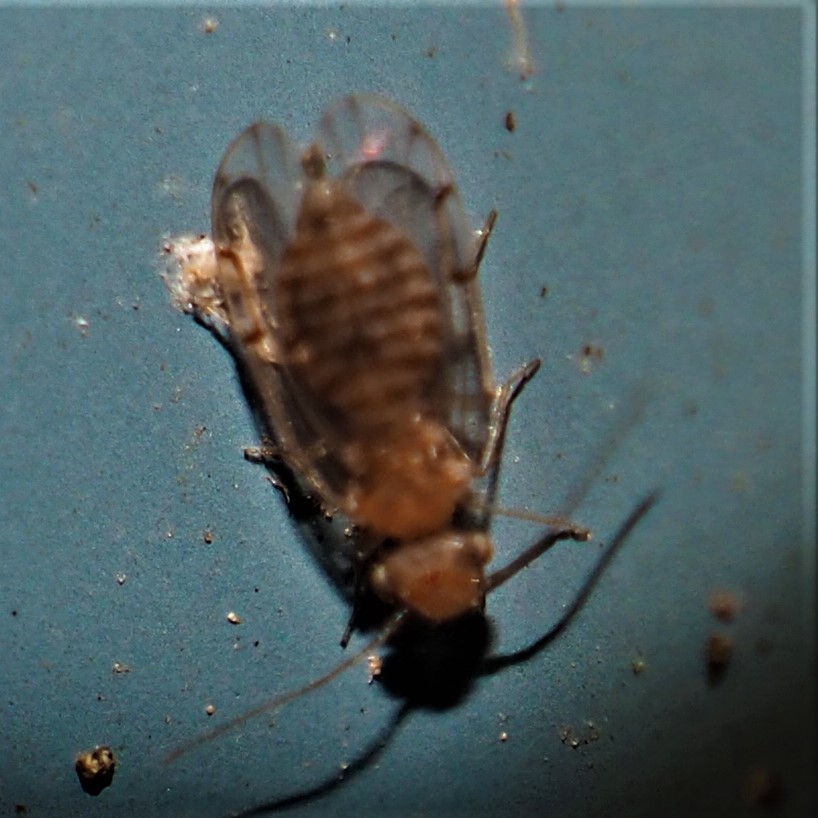
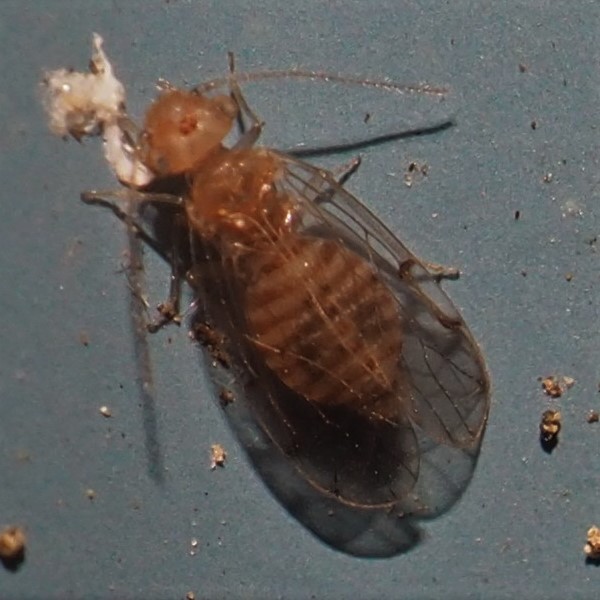
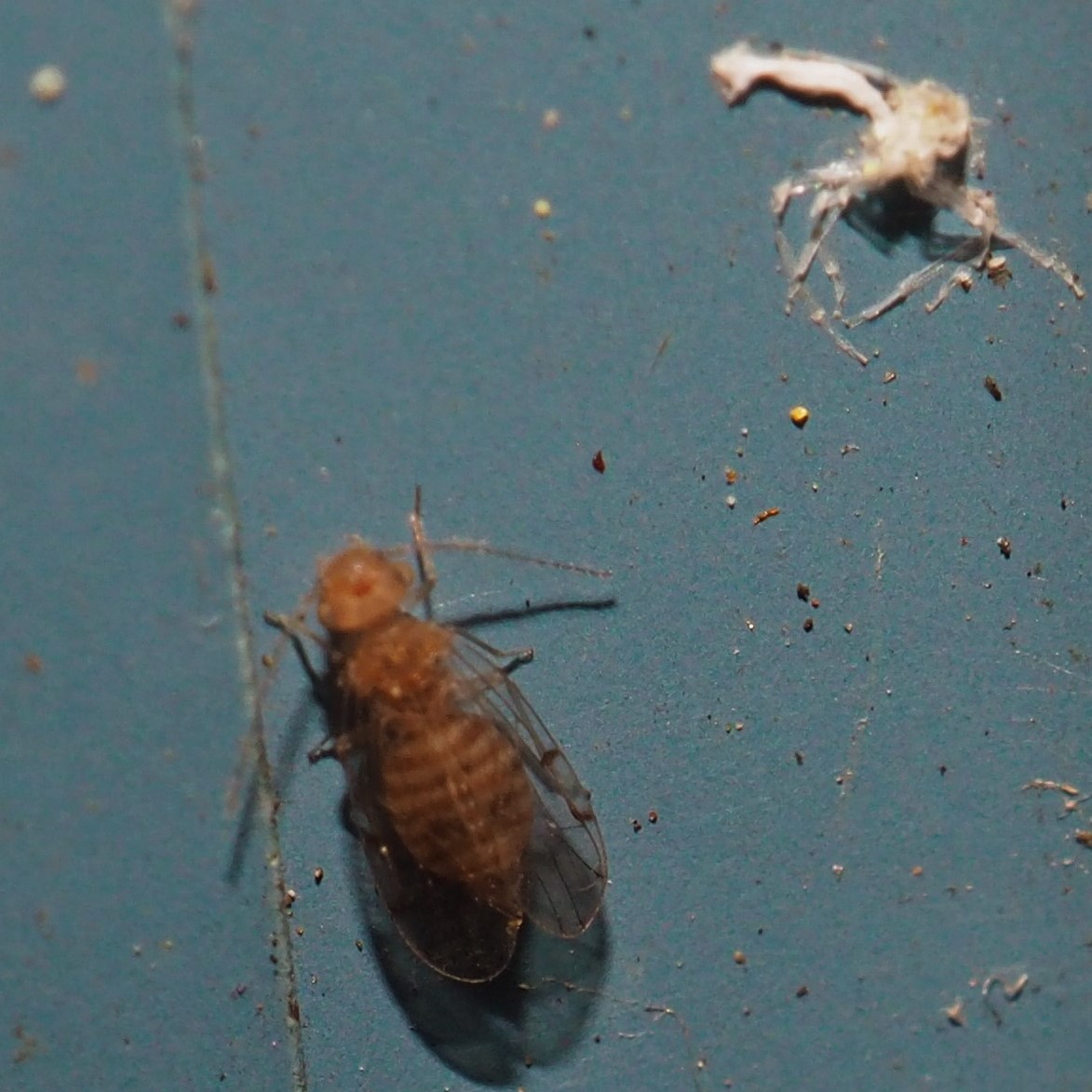
On the 6th, neither the Barklouse adult on panel south 4 from east nor the one on South 9 from east were to be seen. I don't know where the two adults went - but they have nice strong-looking wings. Good thing I had noted that the one on panel south 4 from east was at eye level, for when I took a picture of the place it had been, there was a tiny clutch of eggs instead of the mother. I did a quick comparison of this clutch with the one we already knew about - also on south 4 from east - as shown in picture 2. Hmmm. Picture 3 shows the eggs laid last September 6th by a known Ectopsocus female. Closer, I think.

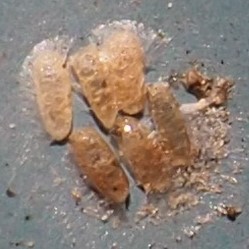

How about some Beetles? This Reddish-brown one seems to appear quite often. There are so many reddish-brown beetles, it must be very hard to identify them. The Broad-nosed Weevil in picture 2 is probably much the same..but surprise! It has been identified by @ikizub as a Clover Weevil! Number 3 is in the genus Anthonomus. And number 4 is a little beetle all ready to fly off of my cane handle. Note how much of the whitish inner wings has to fit under those tiny brown outer wings.
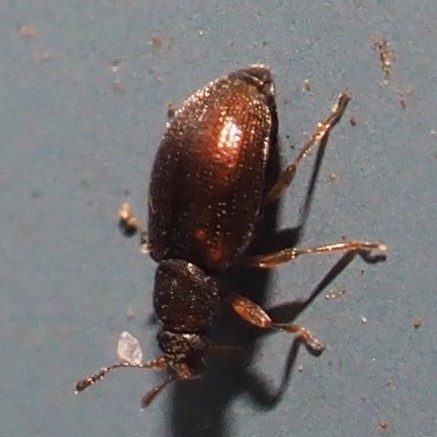
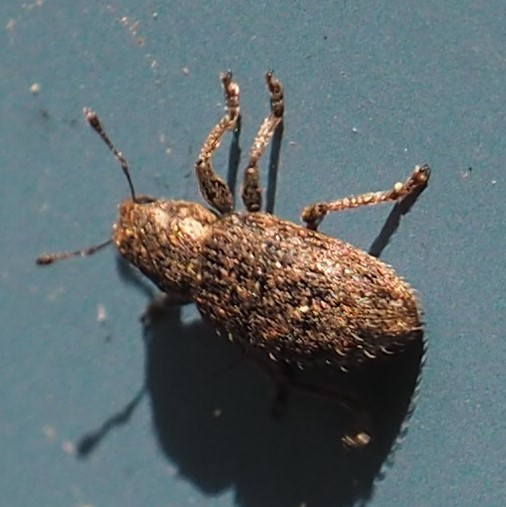


First up in the Bugs is one that I called a Scarab Beetle. But it is really a Burrowing Bug. I think if I had looked closer, I'd have seen the place at the bottom of the picture which is the inner wings showing. This could then only be a Rove Beetle, which it isn't, or some kind of Bug, which it is. Second is fairly common around here. It's a predator called an Aradus robustus. Now that the Pale Green Assassin Bug is up for the spring, I'm seeing them everywhere, like in picture 3 and all the pictures in the next section. I warned you how much I love the little guys. (I do NOT stick my finger in front of their slurpy-maker, however. I hear it can be a very nasty experience.)
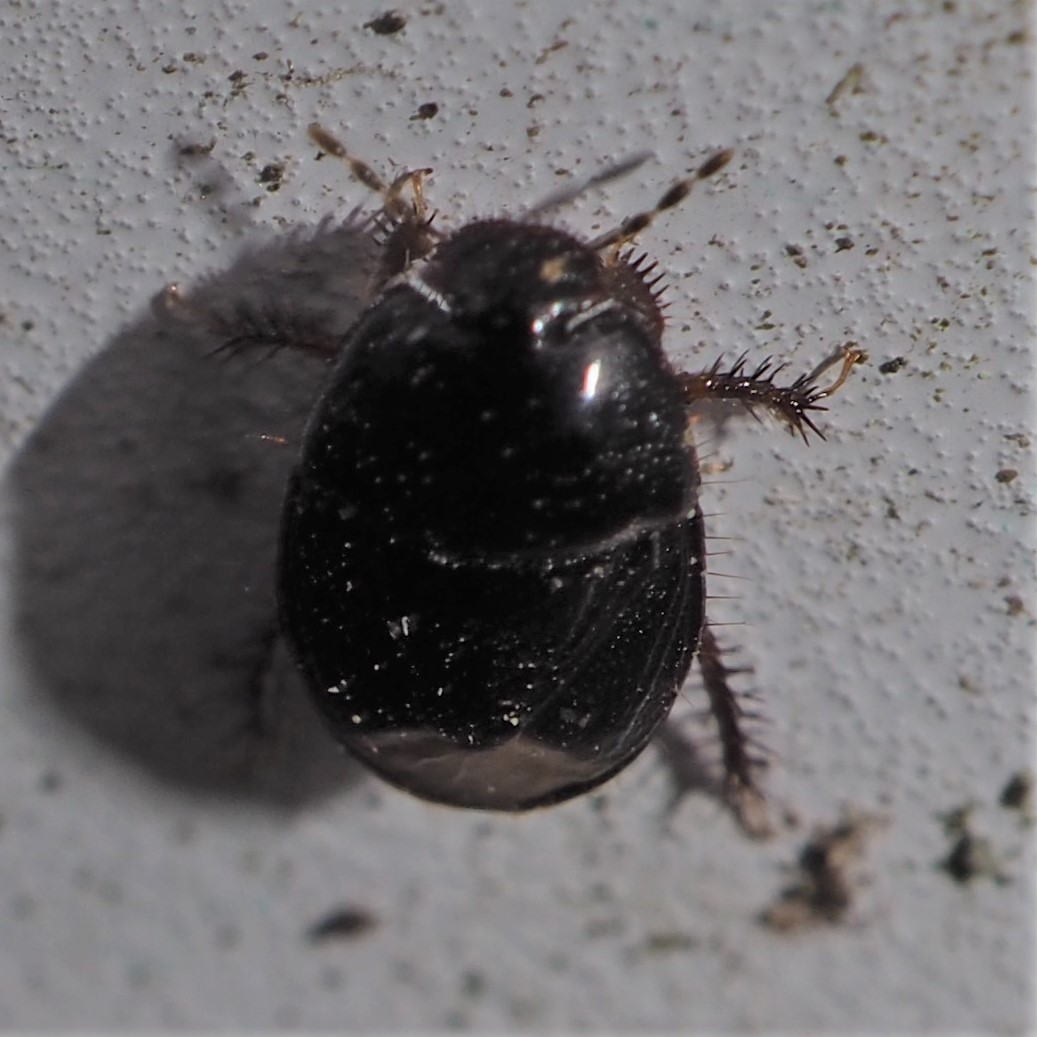

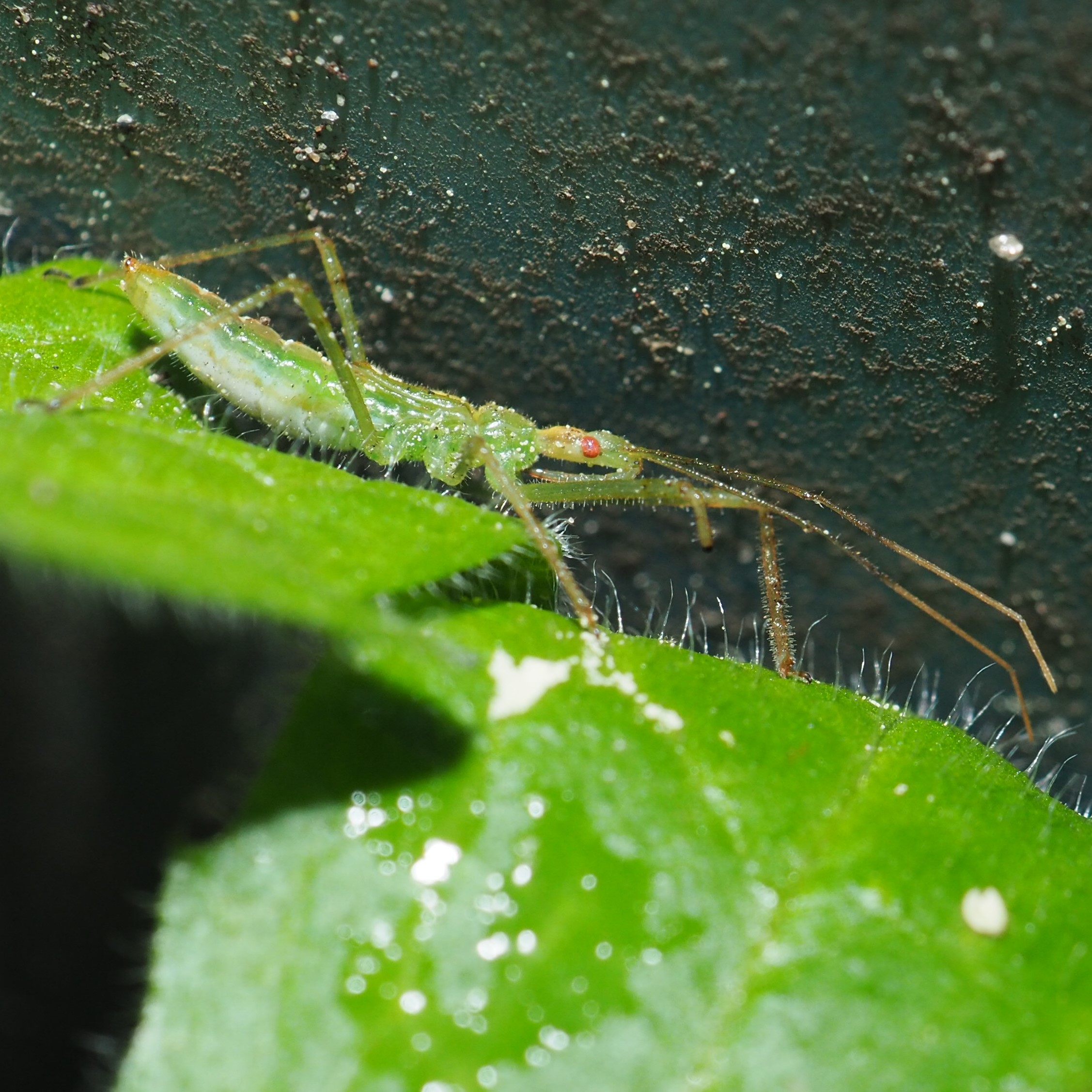
As promised, three more pictures of Zelus luridus, with its wild red eyes!
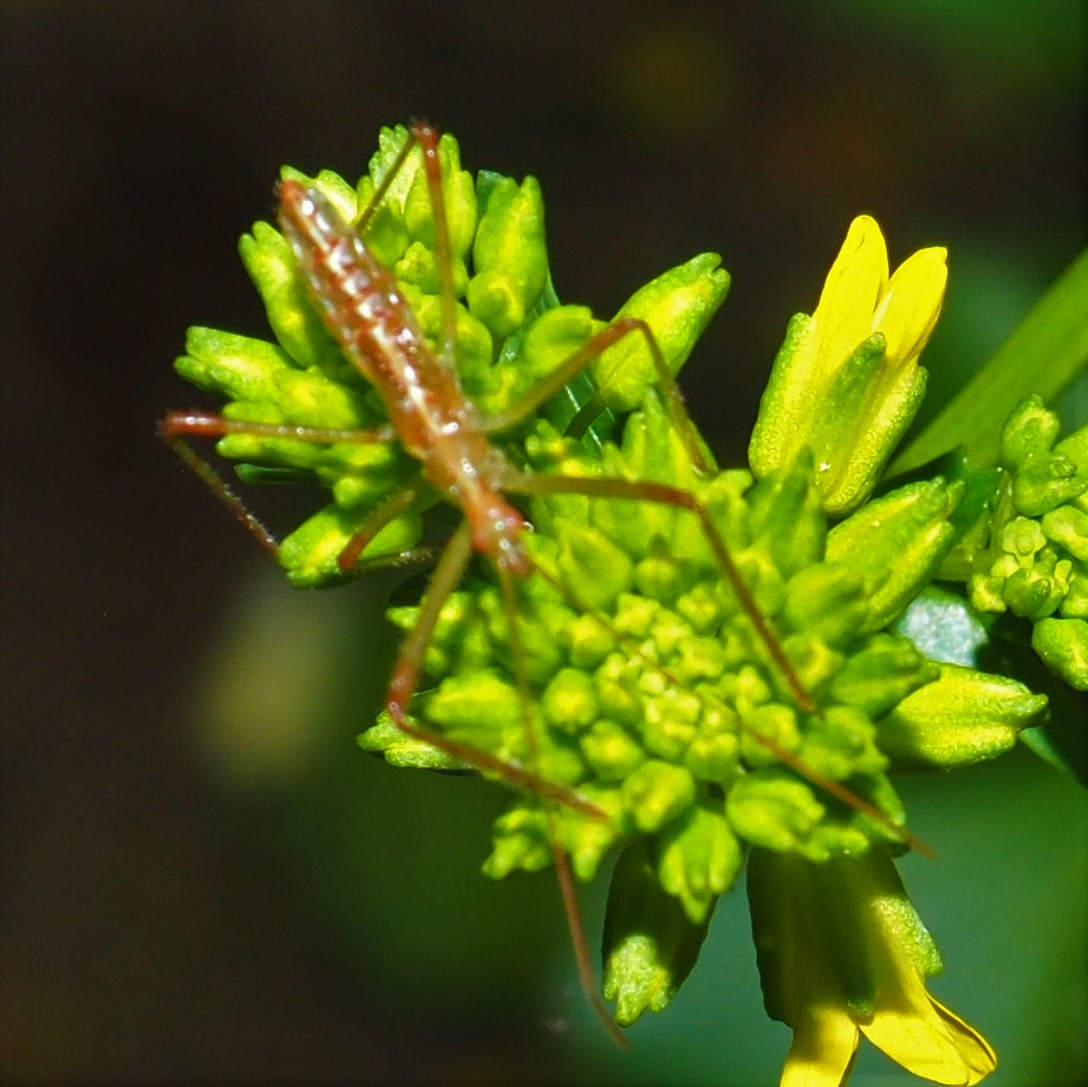

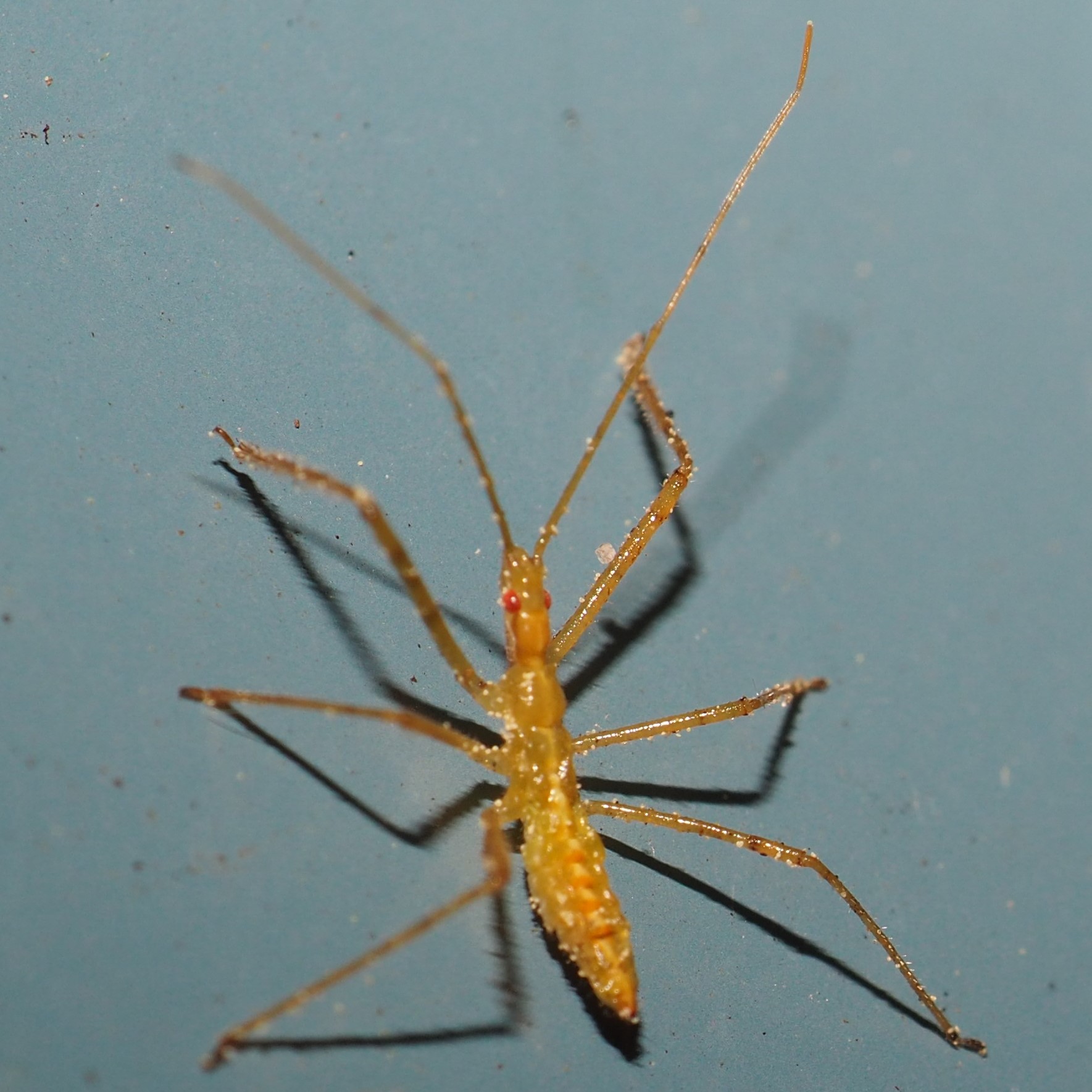
Our Leafhoppers start and end with the lovely Erasmoneura vulnerata, which insisted on posing on a shiny blue patch of siding, giving it a lurid (greenish) look. The infallible ID app in iNat suggested number 2 might be in the Genus Kleidocerys. Number 3 is a predatory Stink Bug, in genus Podisus.

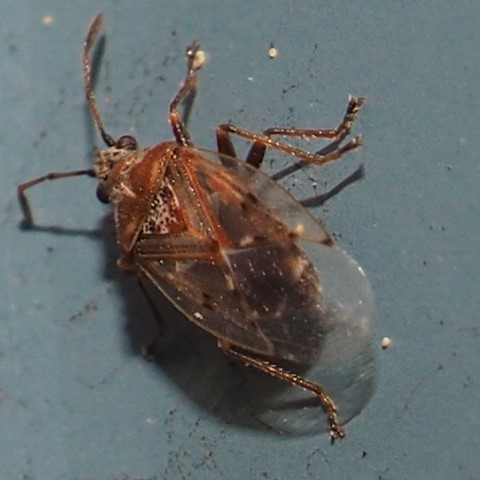
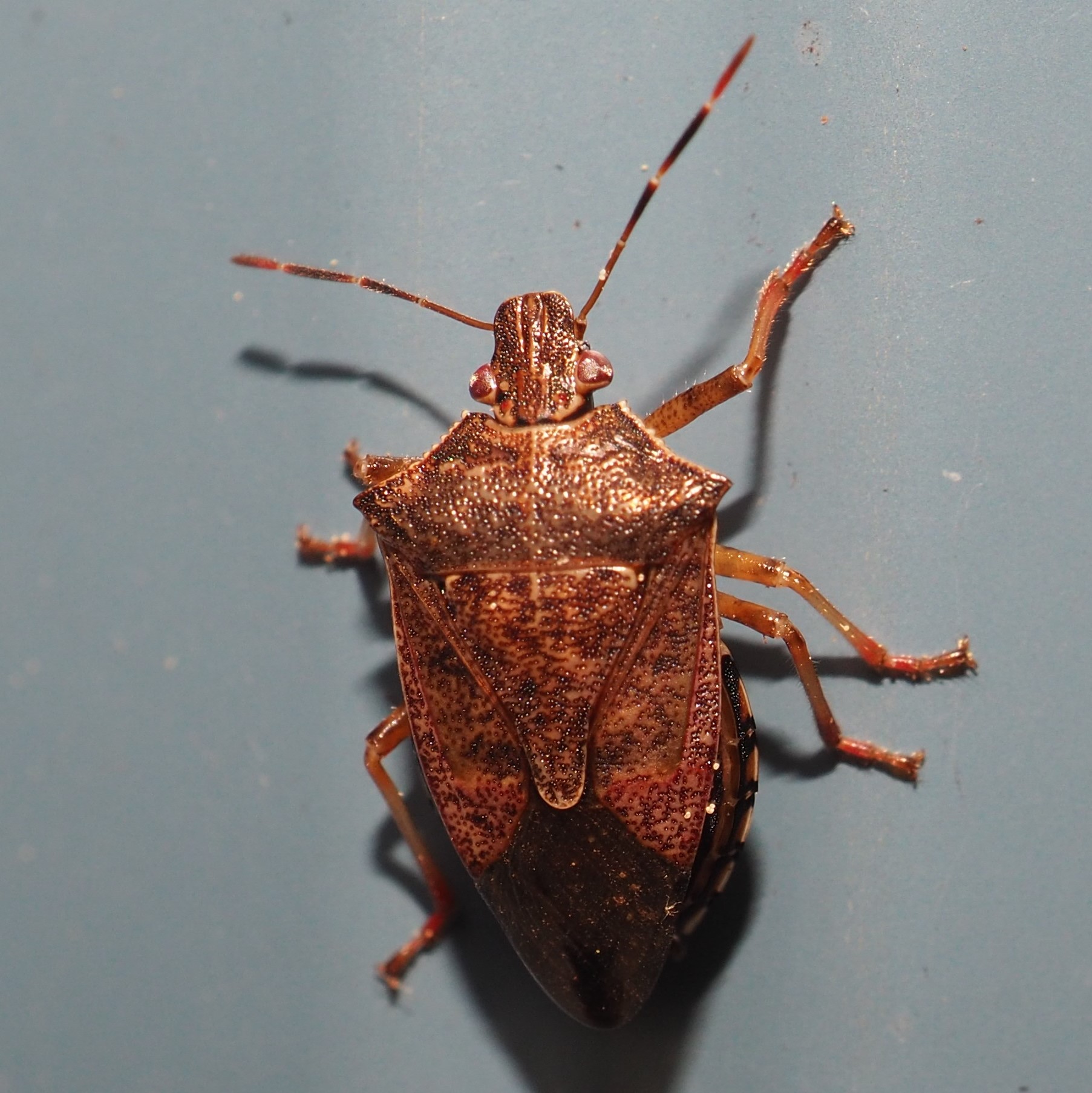
Now one more kind of creature. It isn't a beetle, it isn't a bug. It's closer to a Lacewing and is called Dustywings. The other day I found two with their heads together. I wondered if they were kissing or if they had found a new way to "do it". I still don't know what they were doing. Second is a Brown Lacewing. Third is a relative of the Millipede. This one is called the Bristly Millipede. Obviously it isn't a Millipede since it doesn't really have 1000 feet. But that's the way with common names. They don't have to make sense at all.
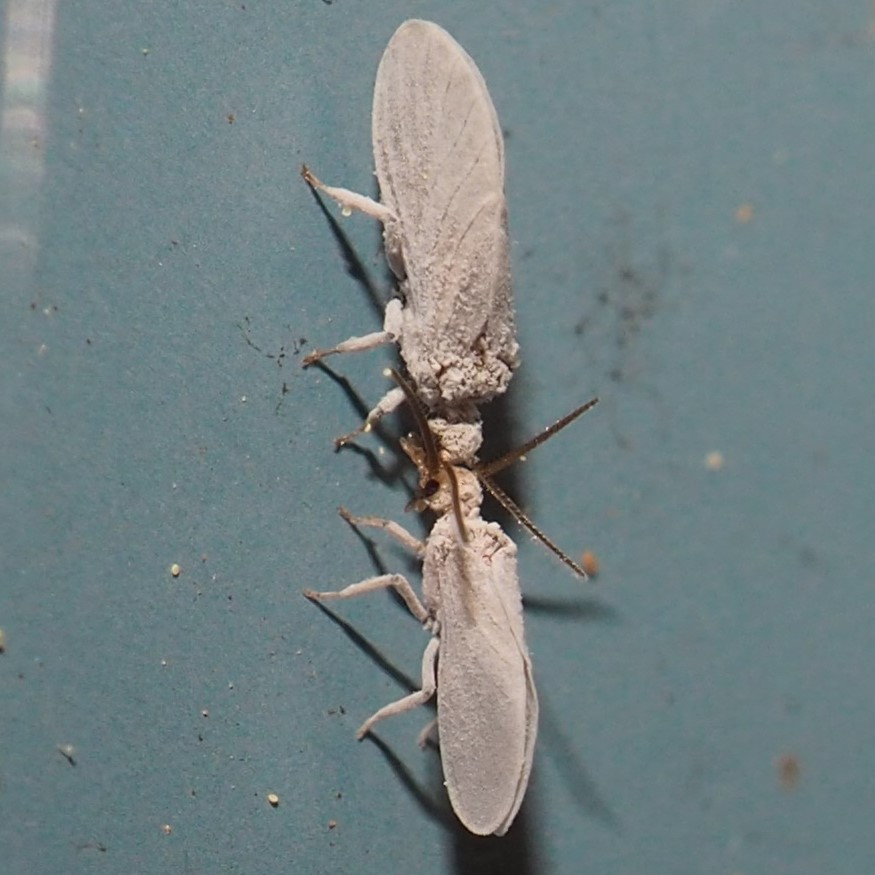
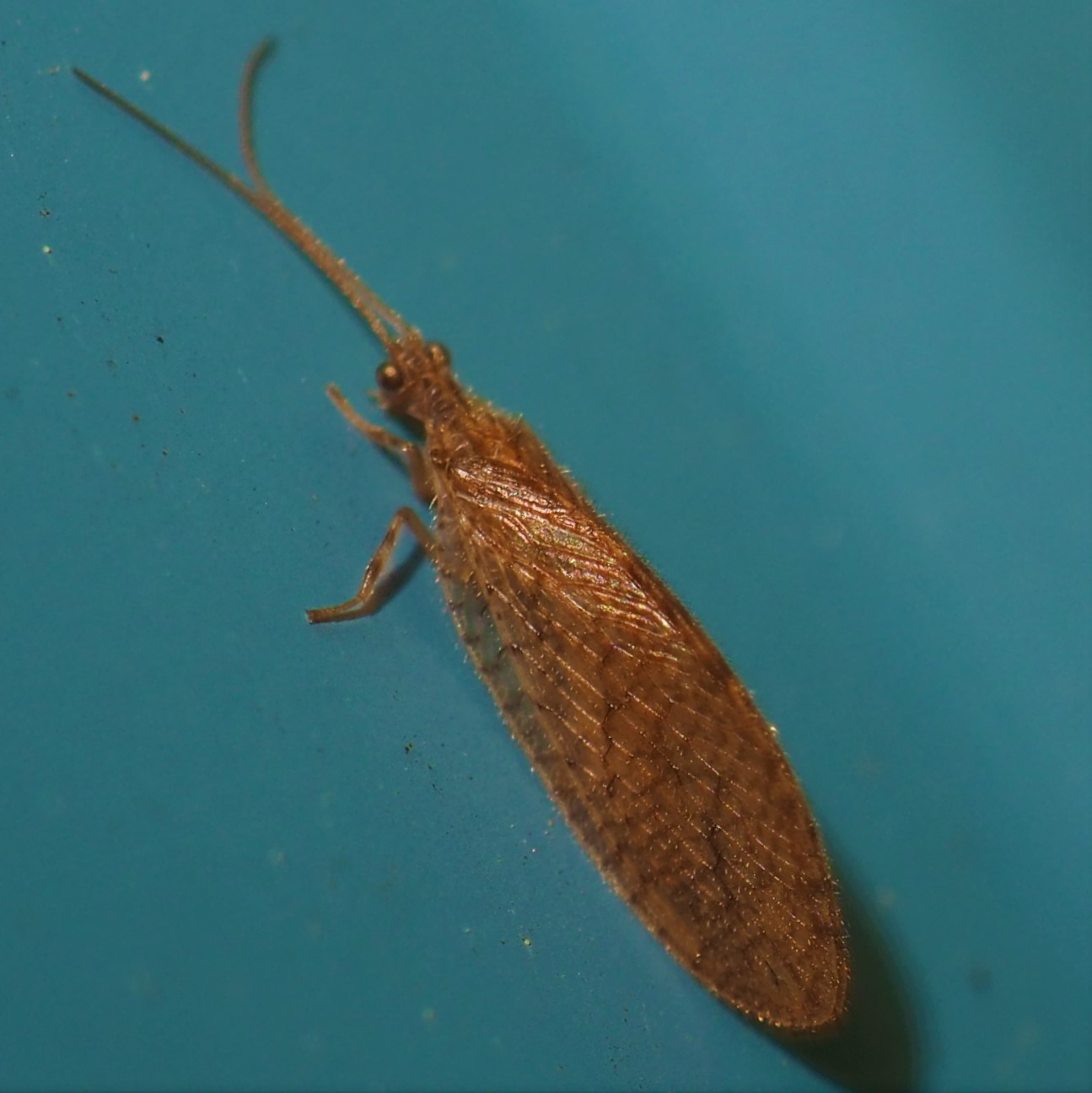
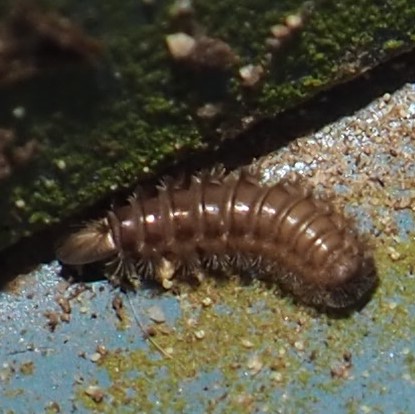
Here is a real yellow caterpillar. Third is a tiny very hairy black caterpillar.
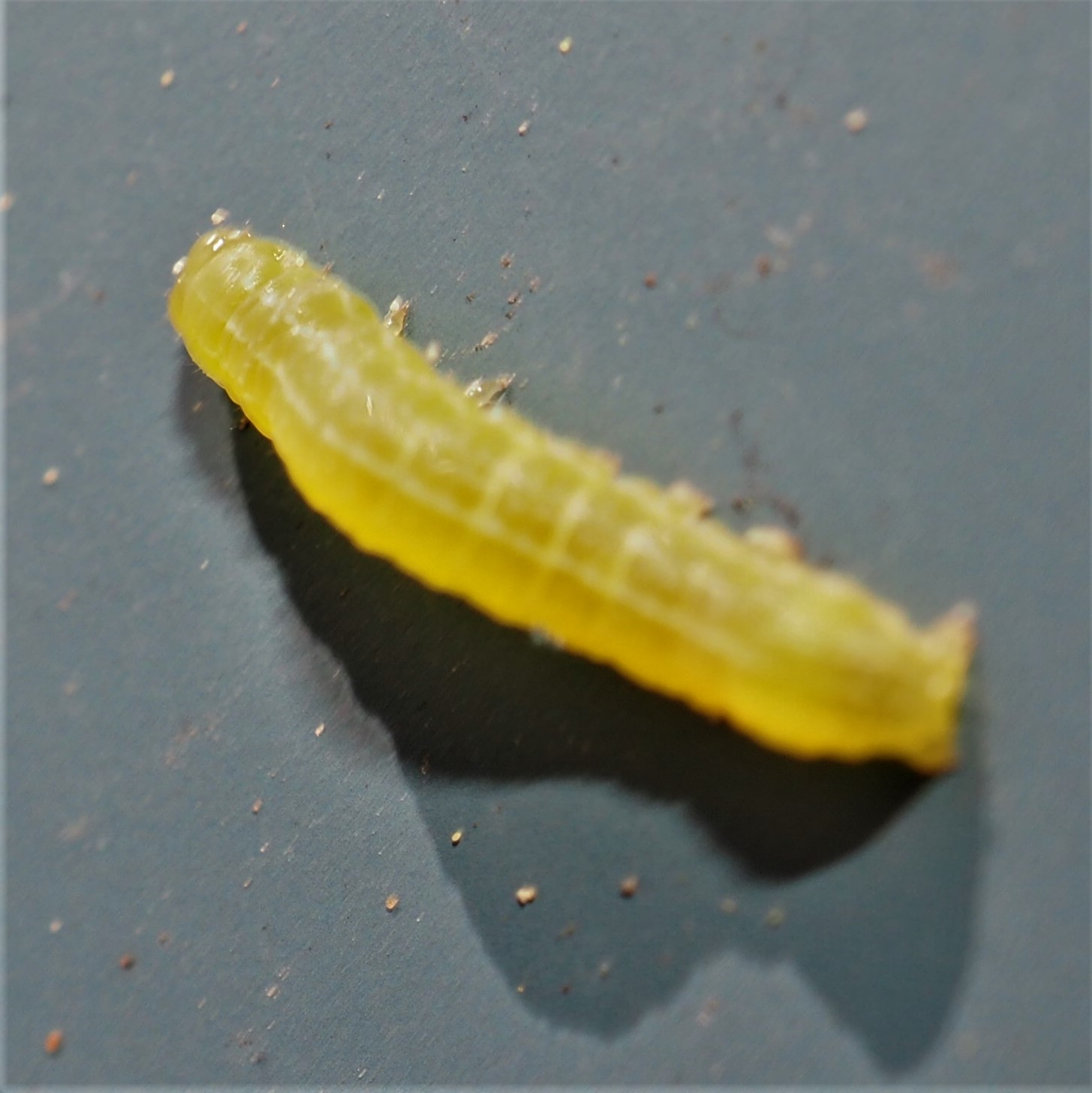
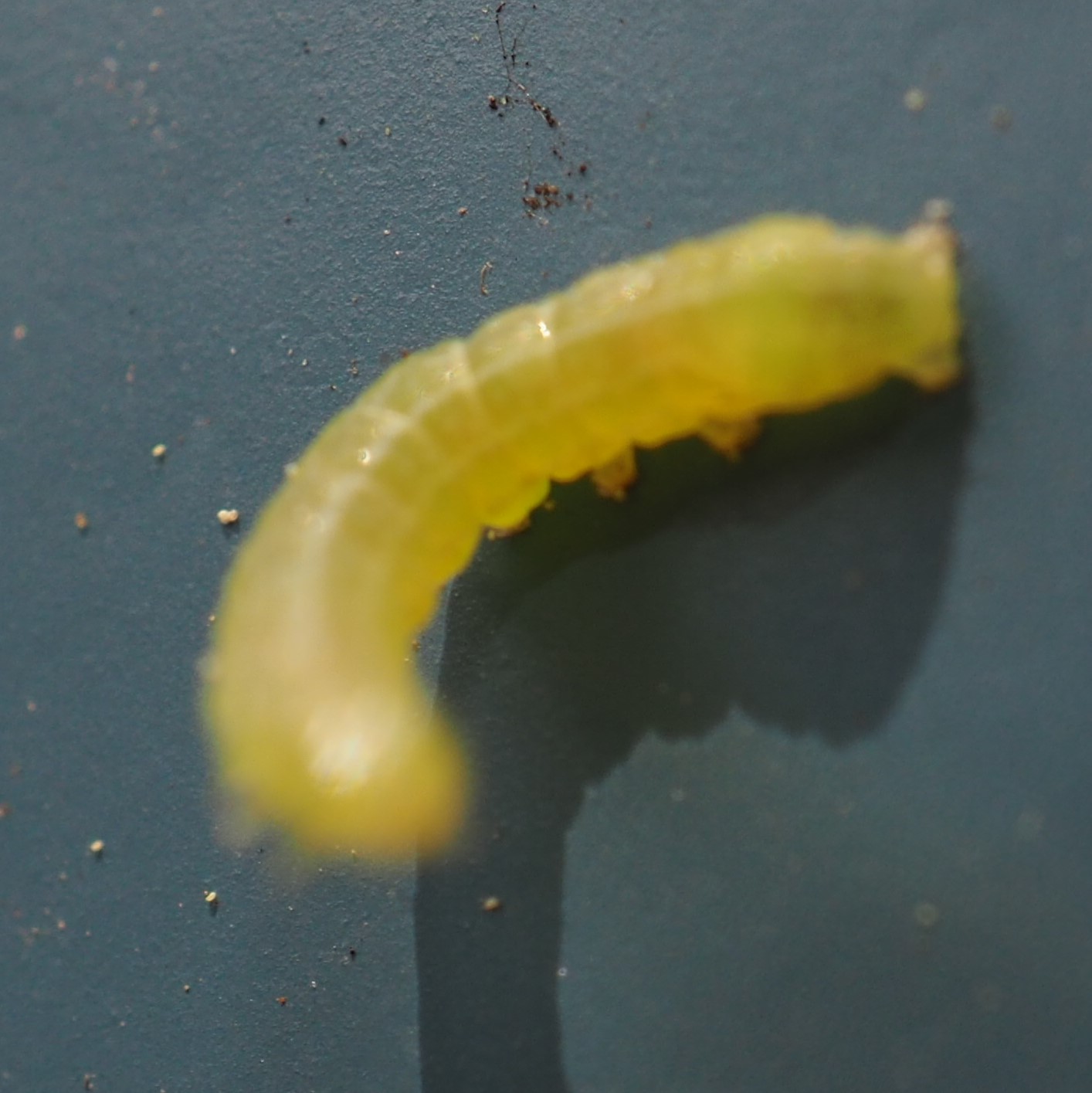

We have a few lovely little Fishes before we move on to the Flies.
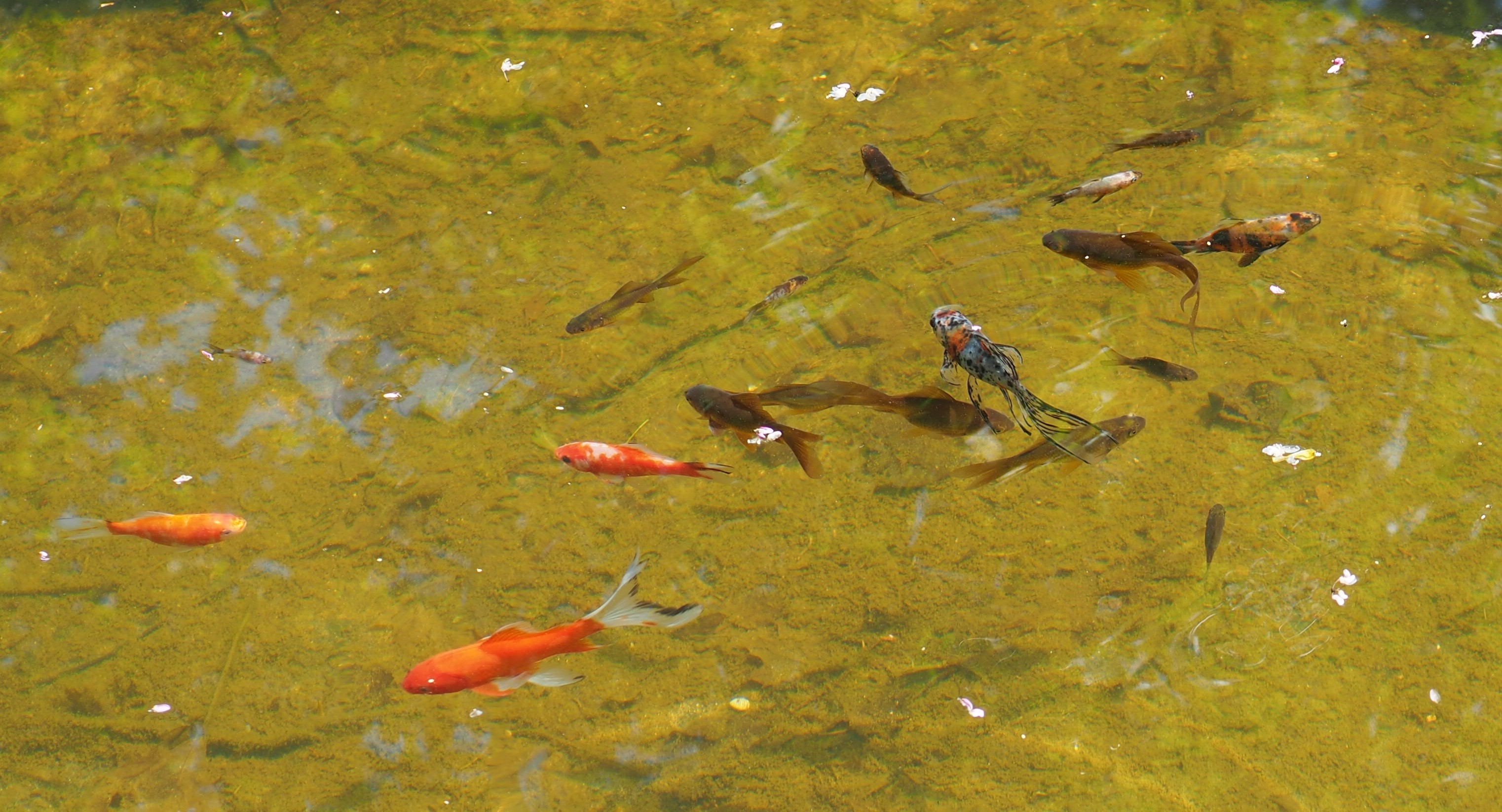
We had such a rich lot of Flies this week. Here's a tiny colorful one; a White-winged March Fly; and a Crane Fly.
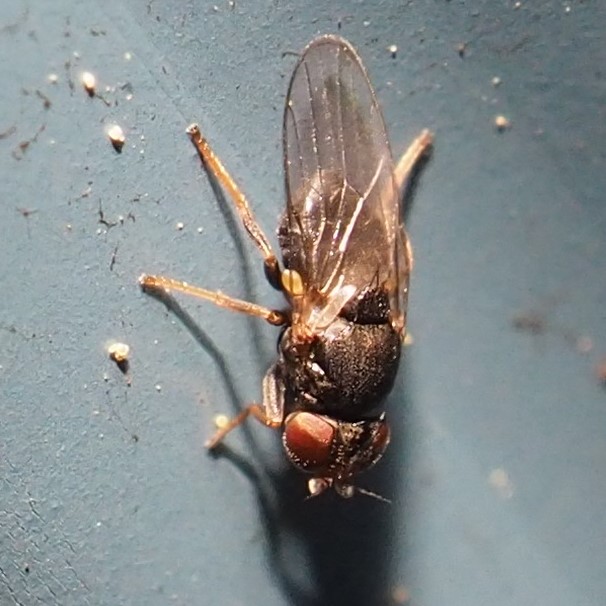

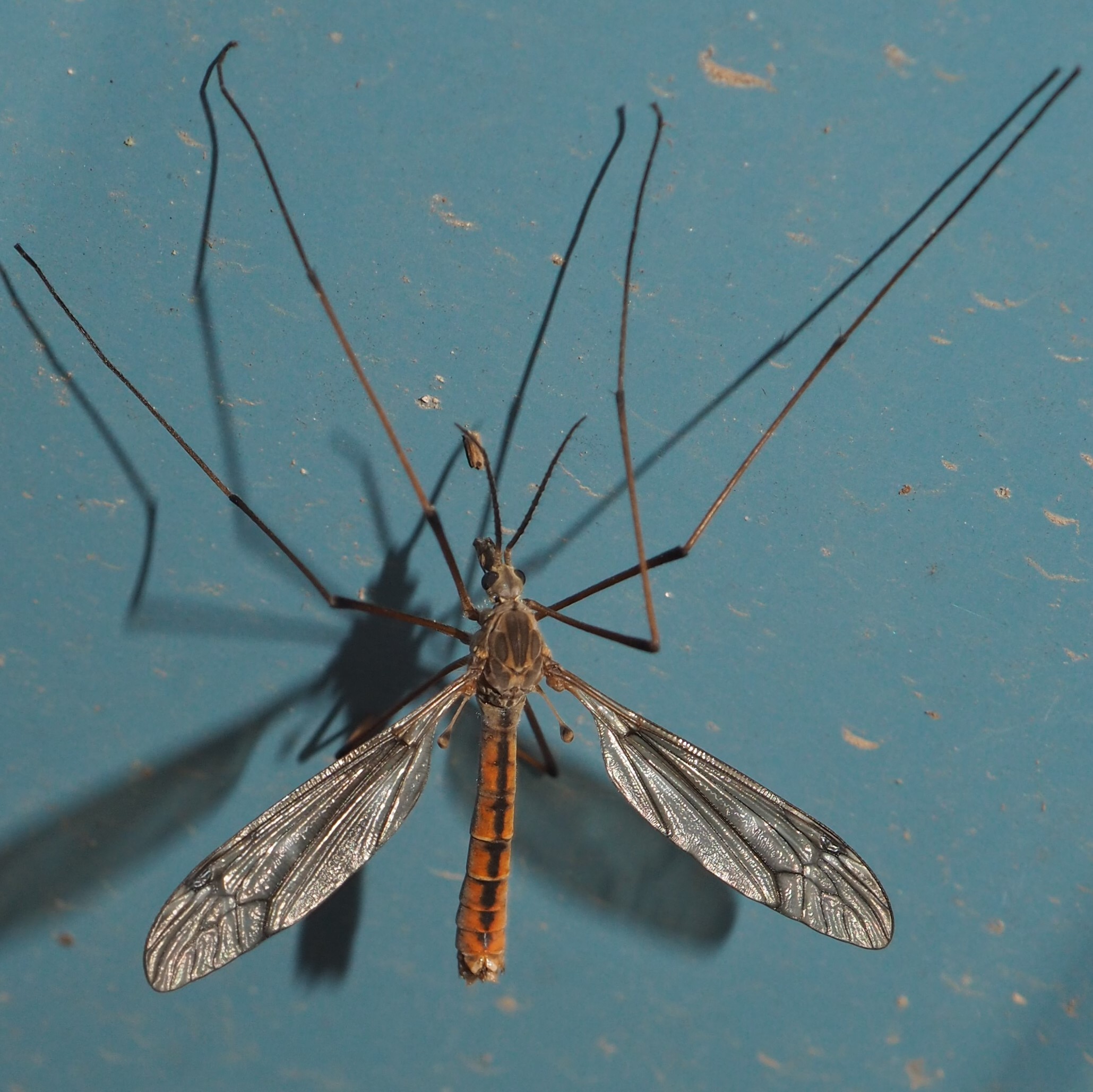
First off, this little fly made up for its size by its girth. Whereas, this one surprised me by how flat it really was.
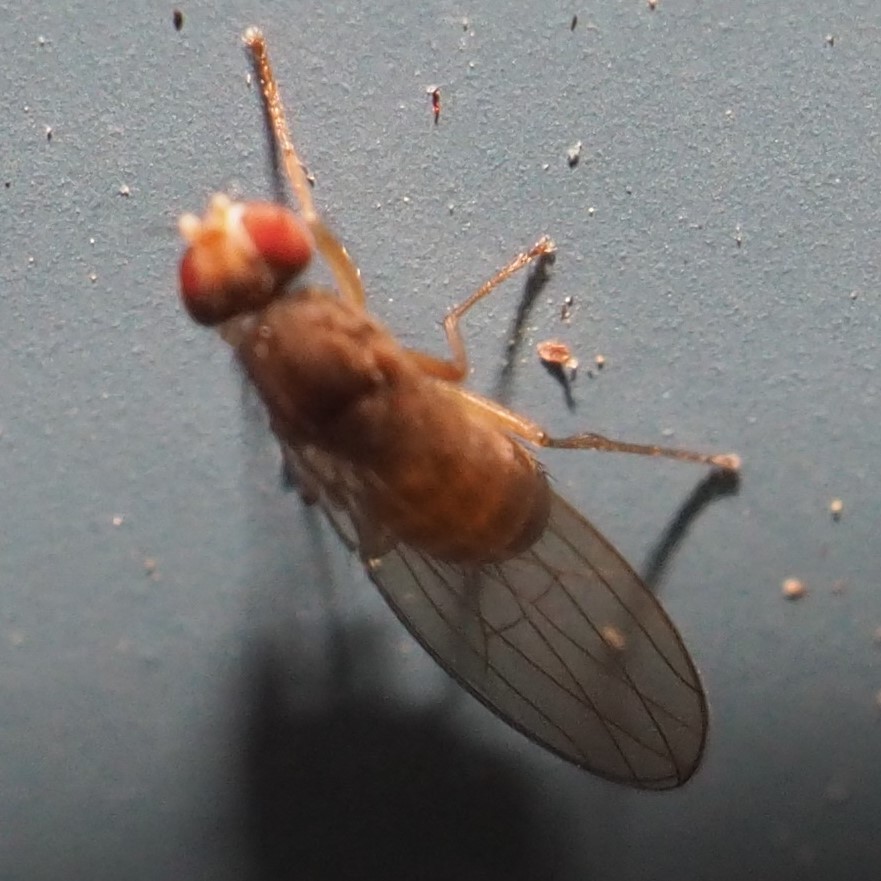
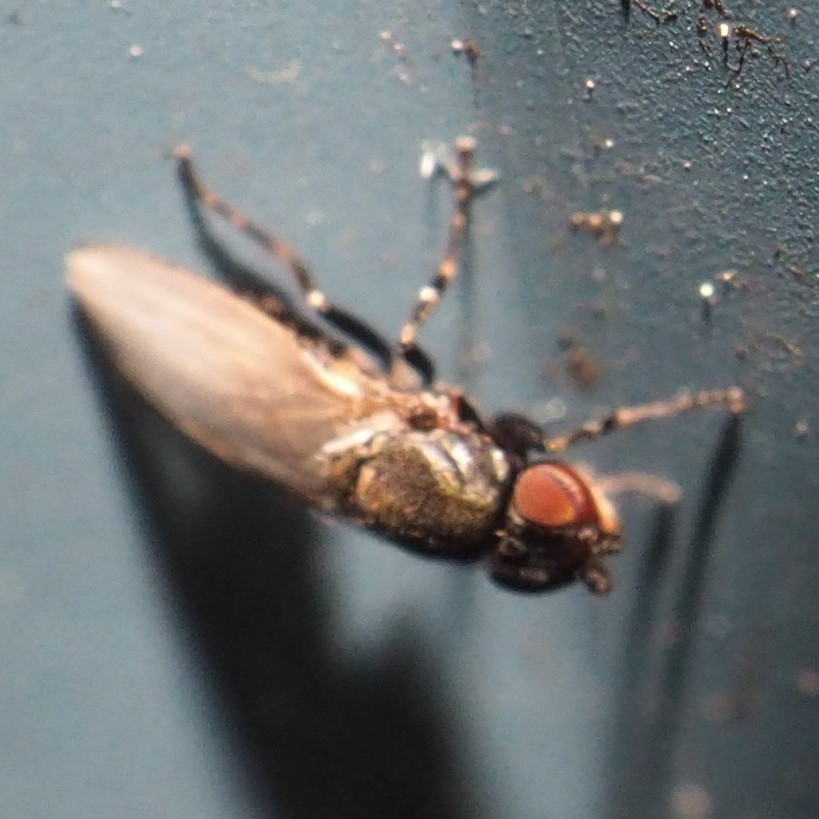
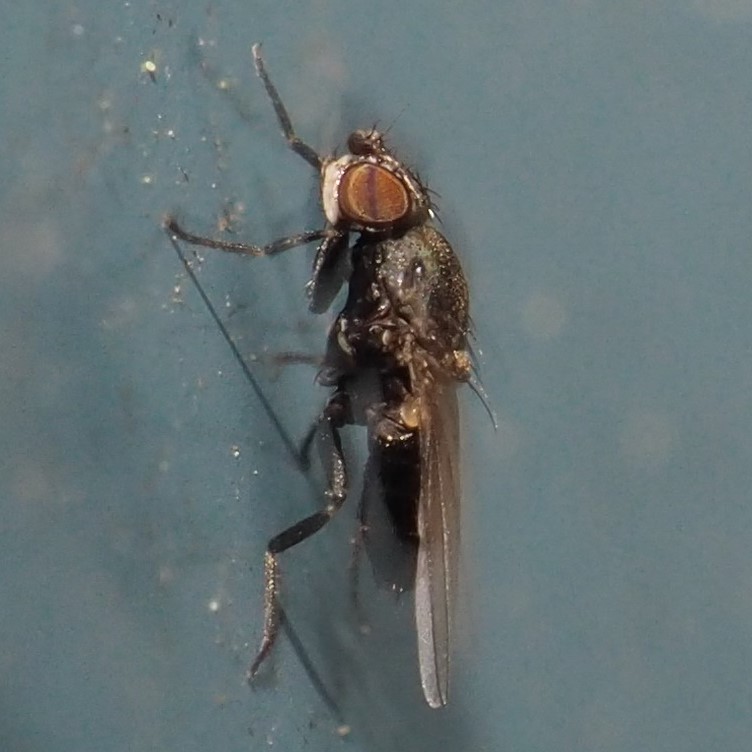
Is this fly related to the one that follows it by three days?

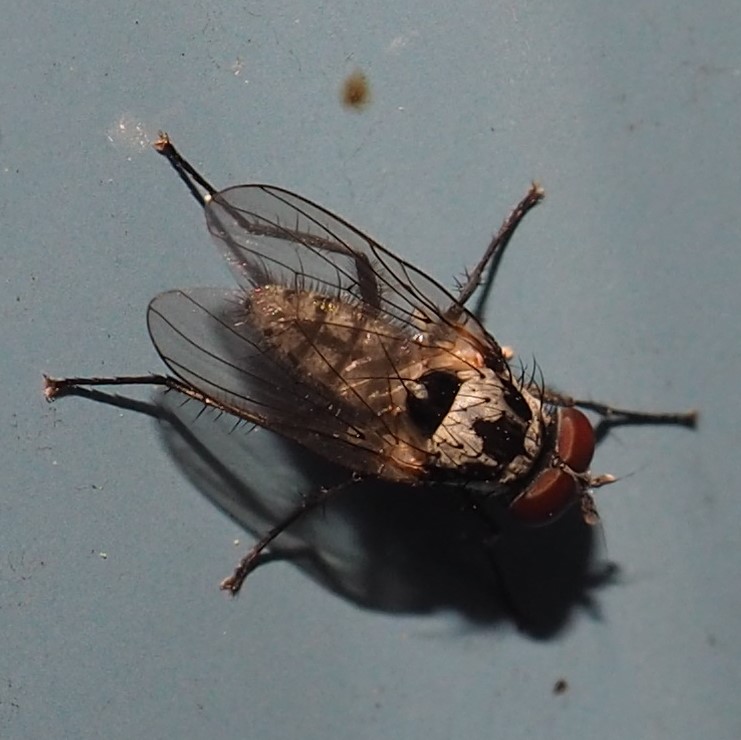
I think this fly is a Sarcophagous Fly, meaning it eats left-over flesh.
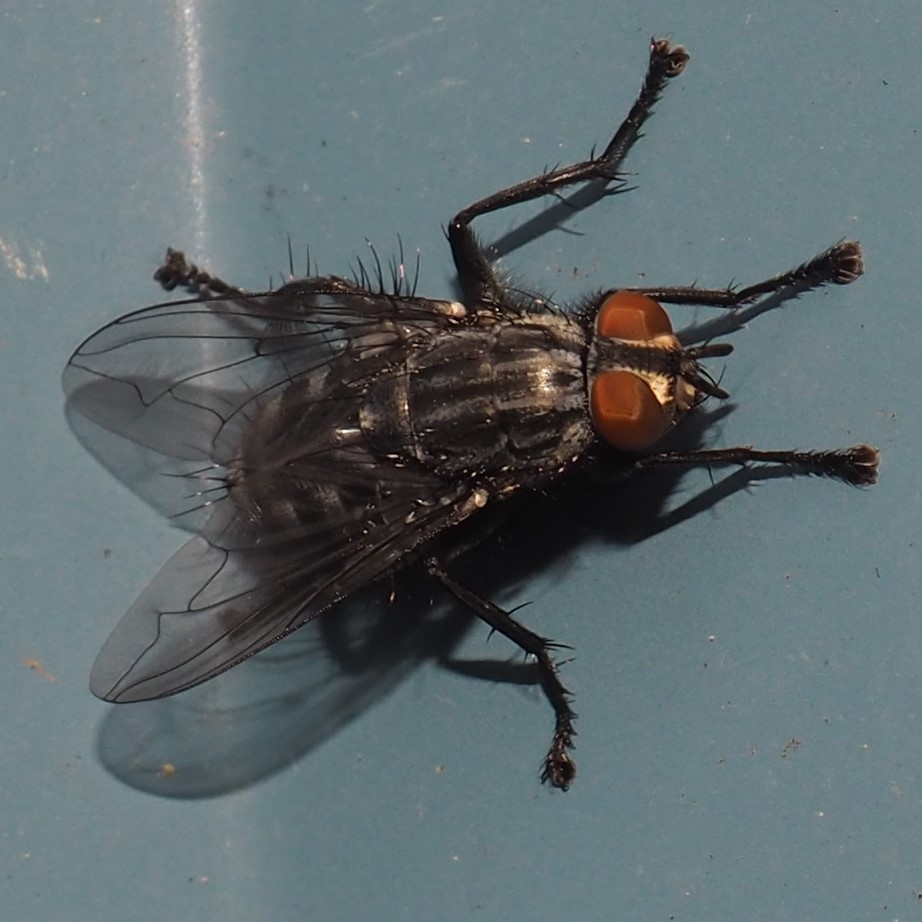
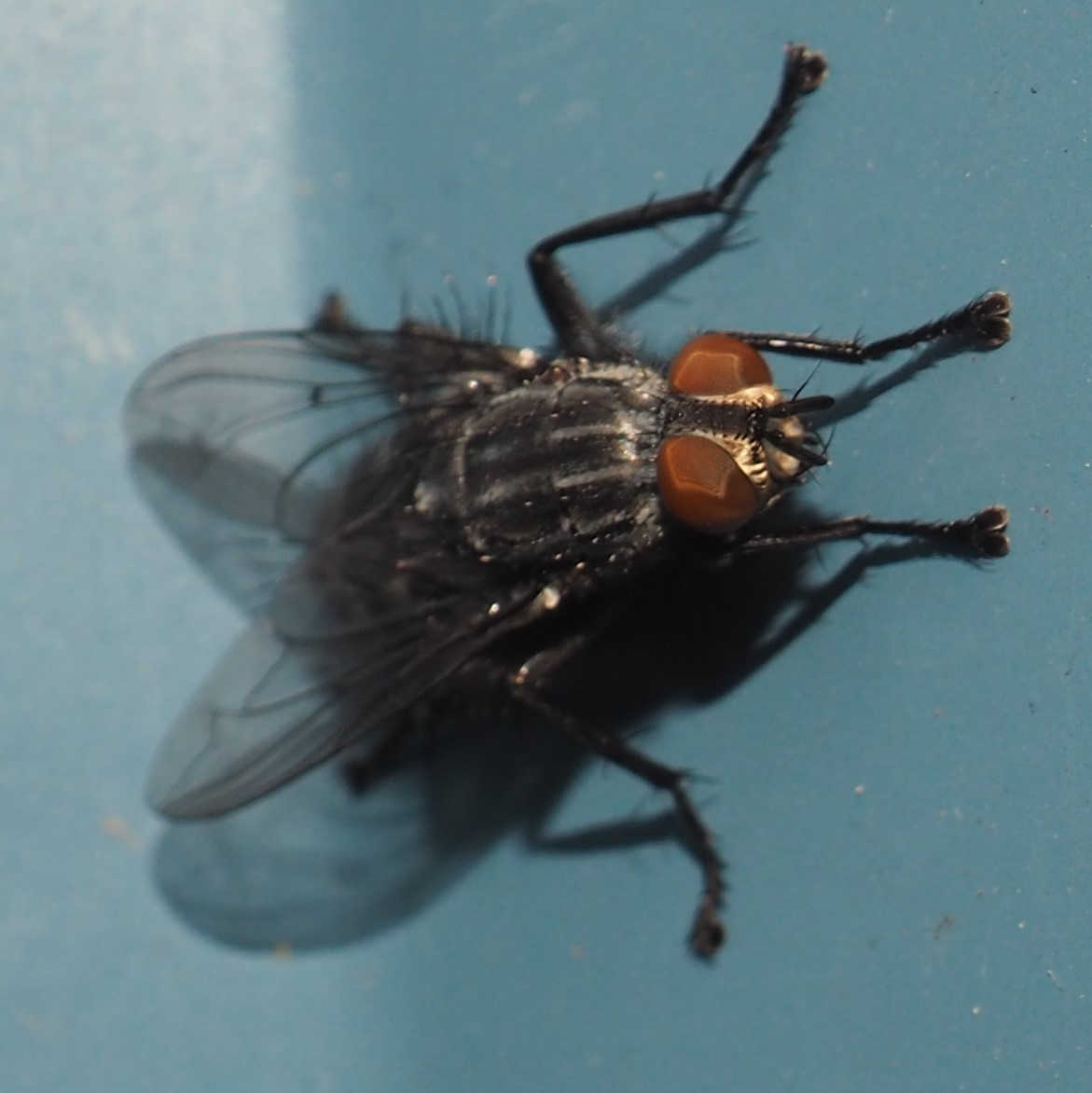
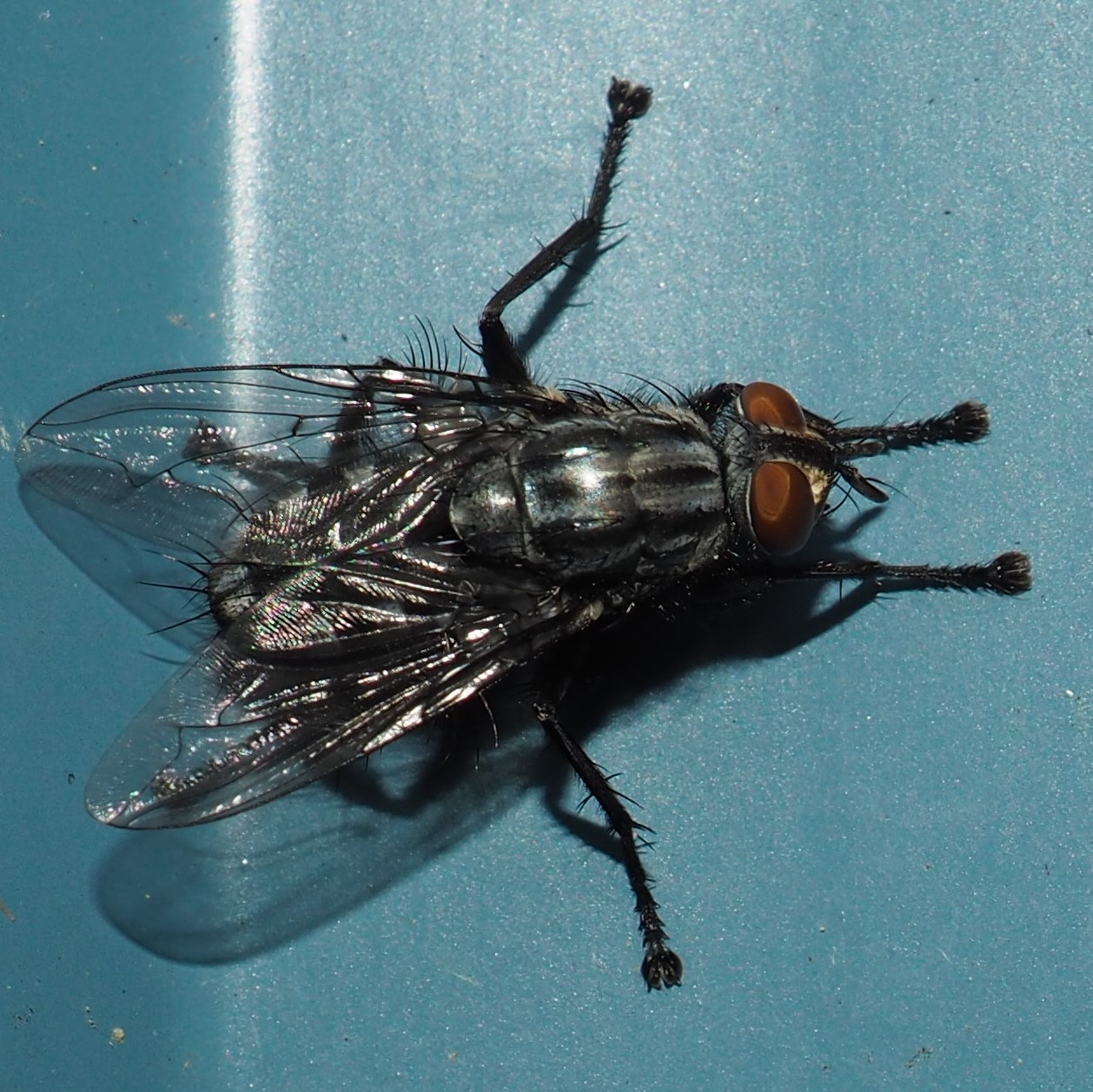
I think this Fly is one of the Root-Maggot Flies.
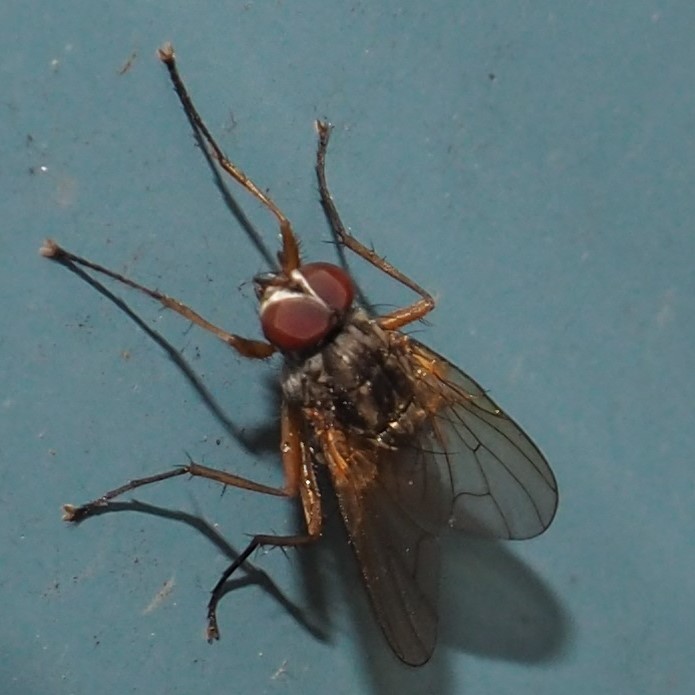
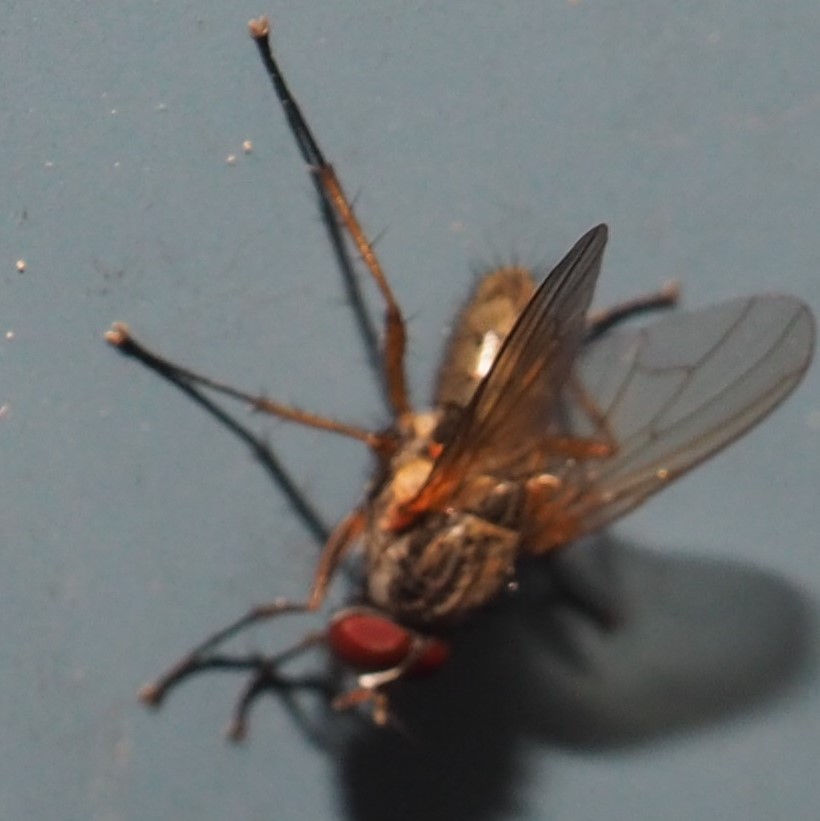
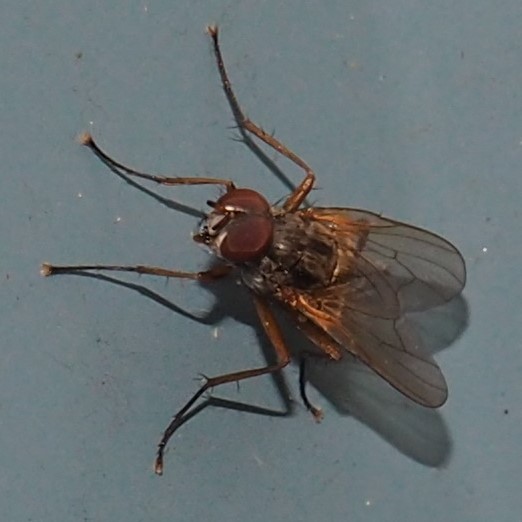
These are a total Mystery to me.
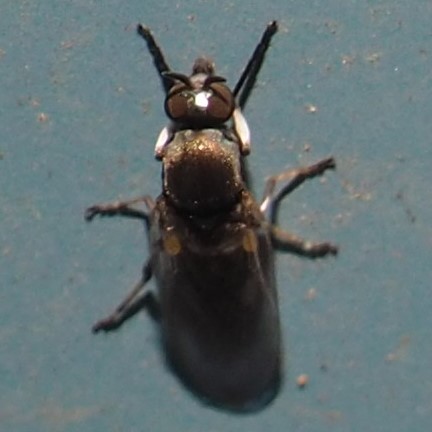
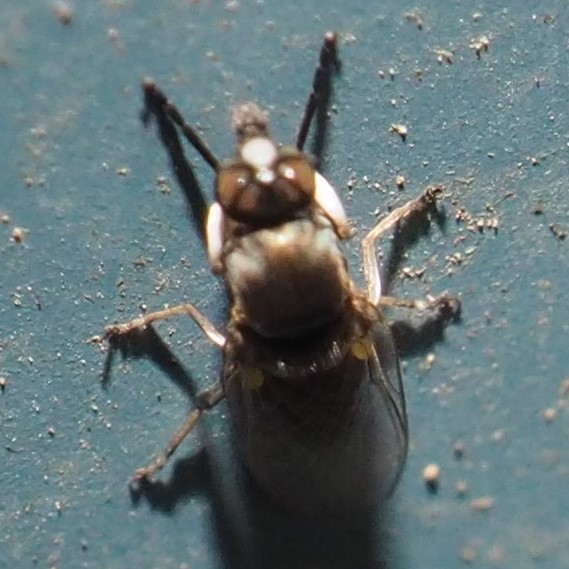
Now we look at some of the Midges we see. Third one here is a Non-biting Midge.
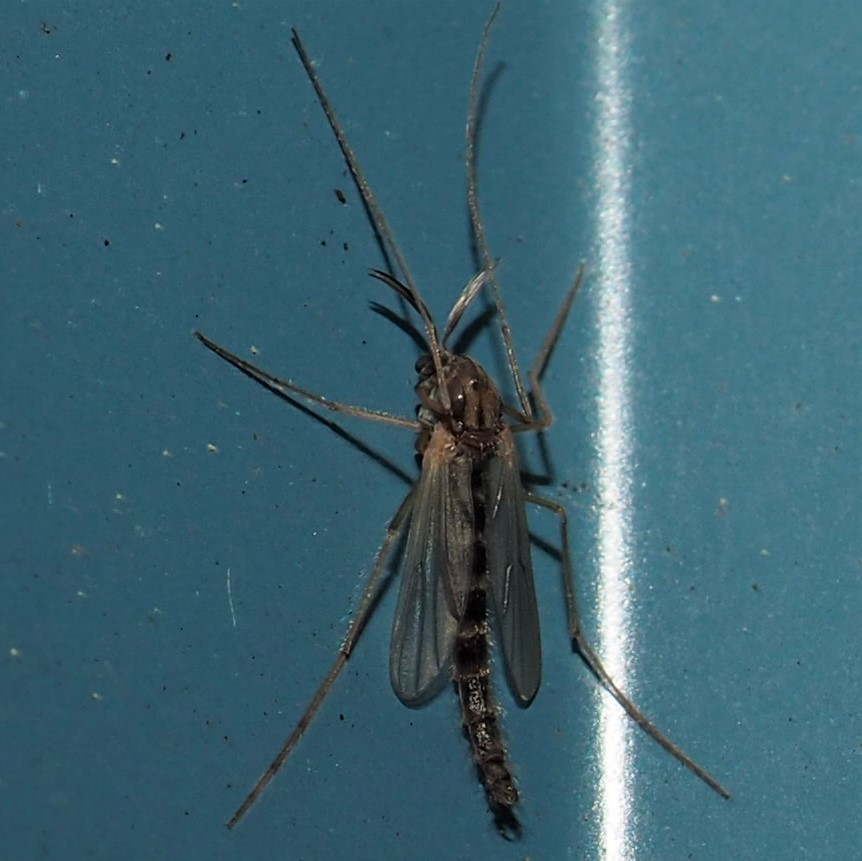

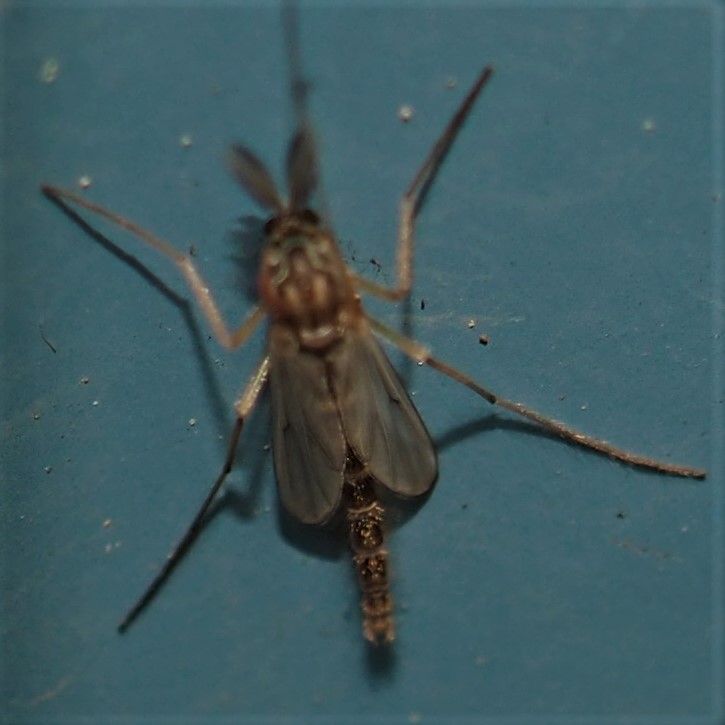
First is a Midge and the last two are both Non-biters.
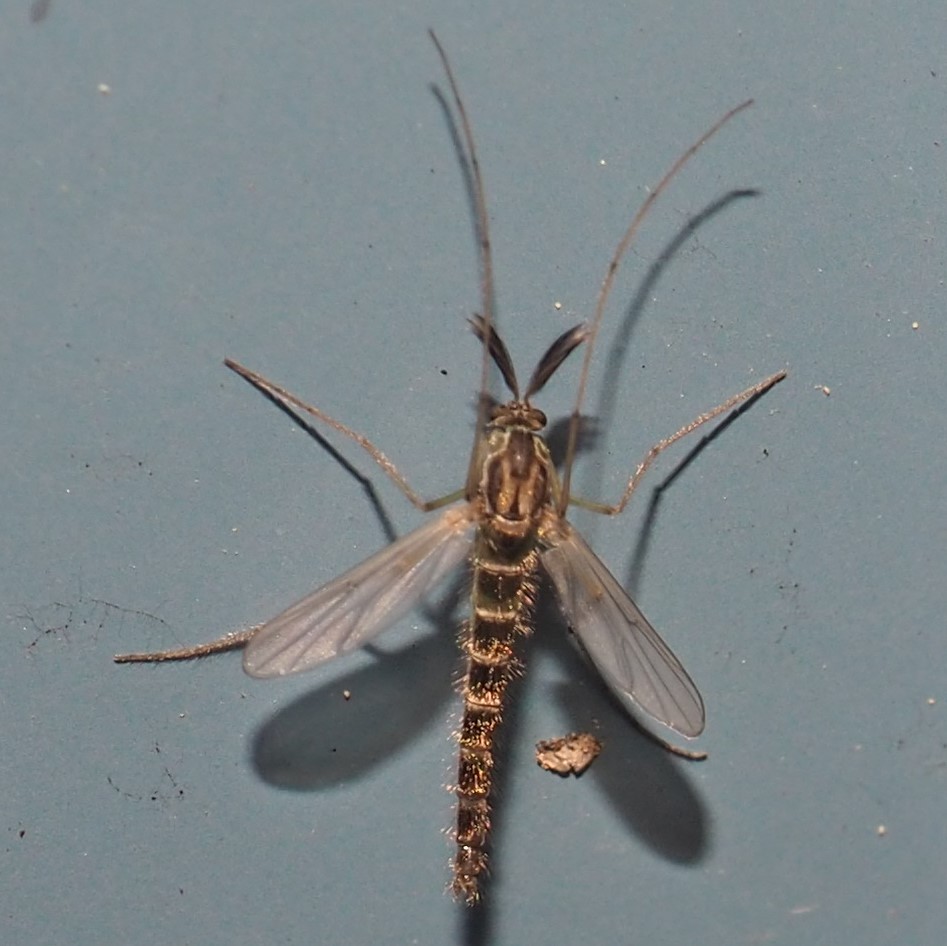
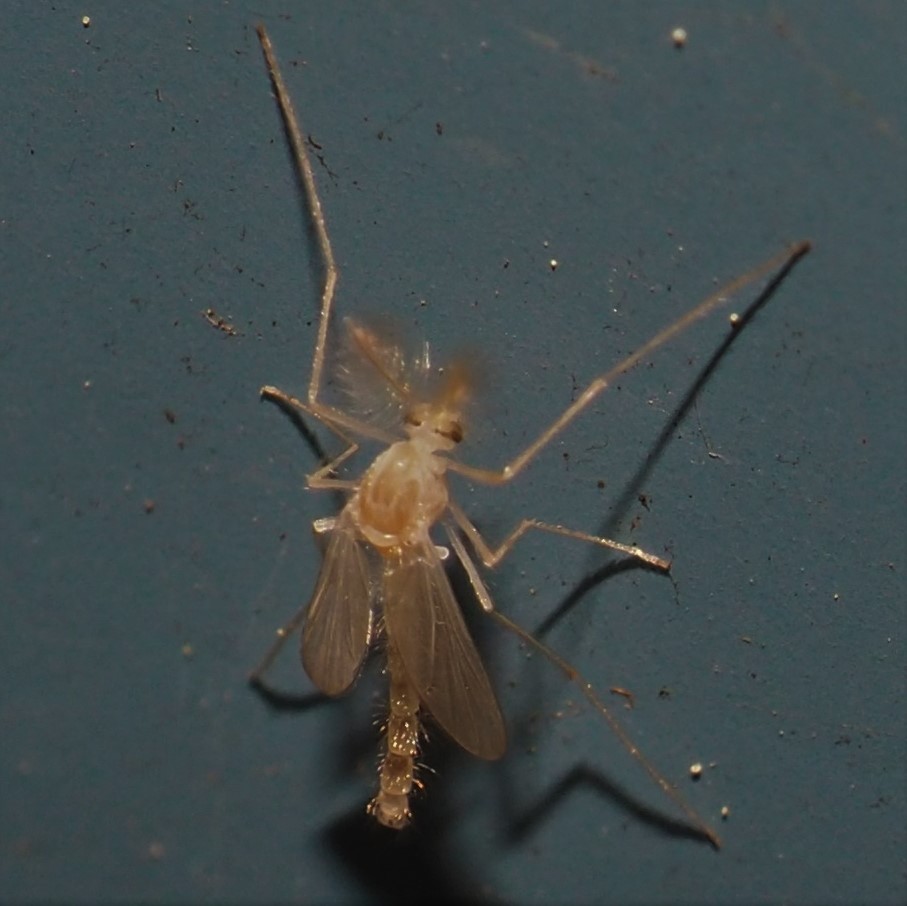
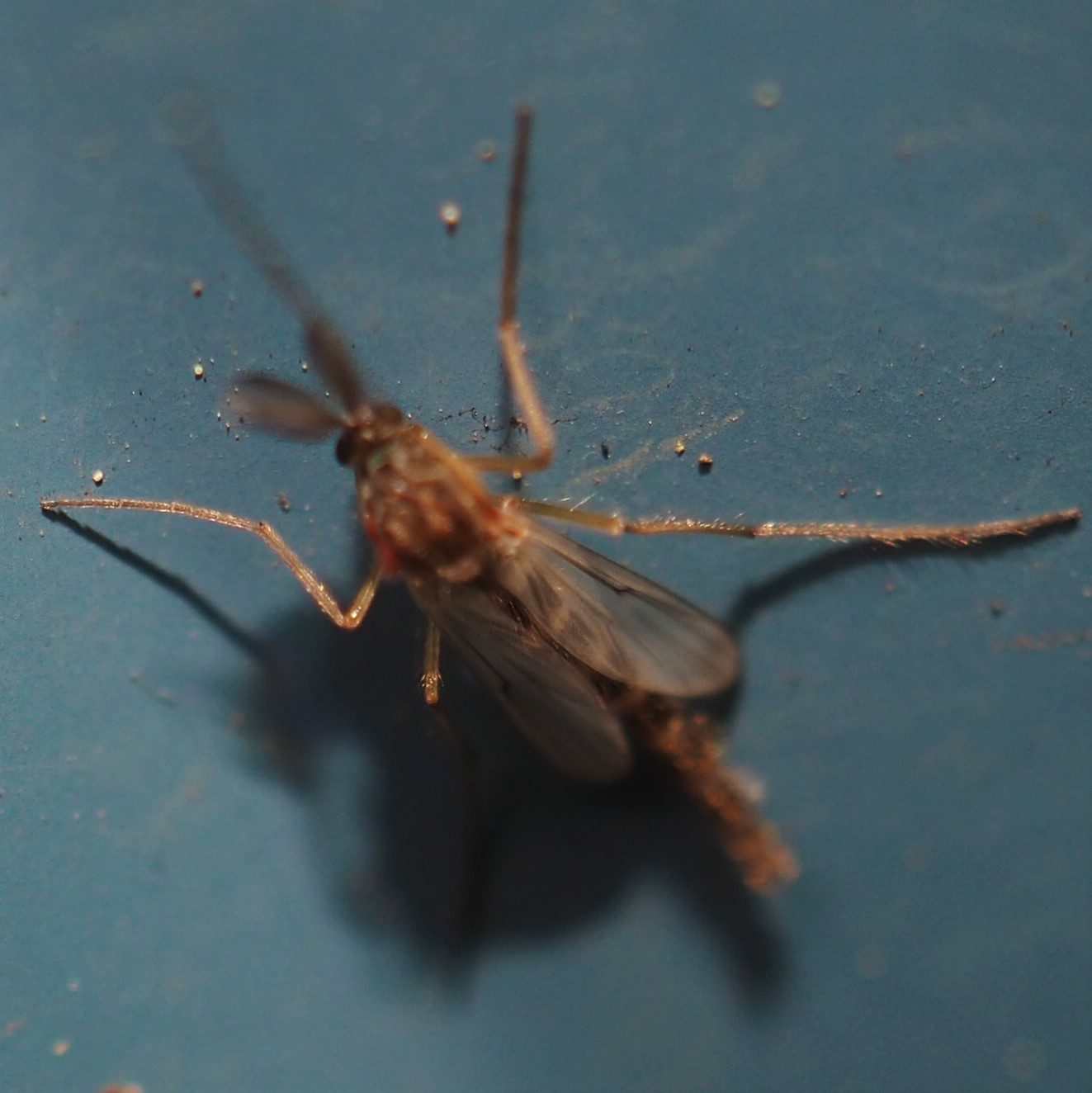
Here is a Fly that looks like a Moth, hence a Moth Fly.

Here is where we traditionally take a nice path through the flowers. This was a good week for Primroses:

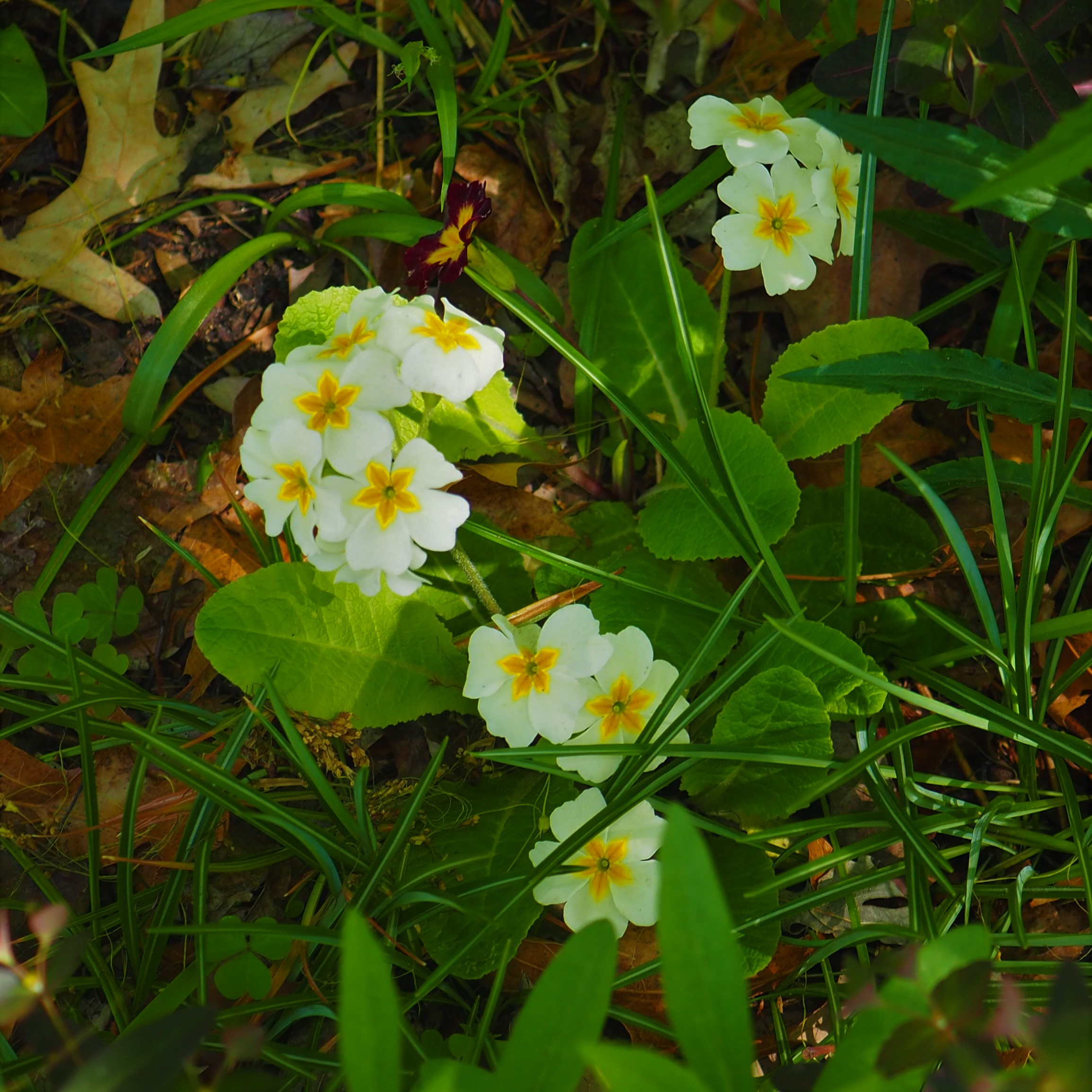
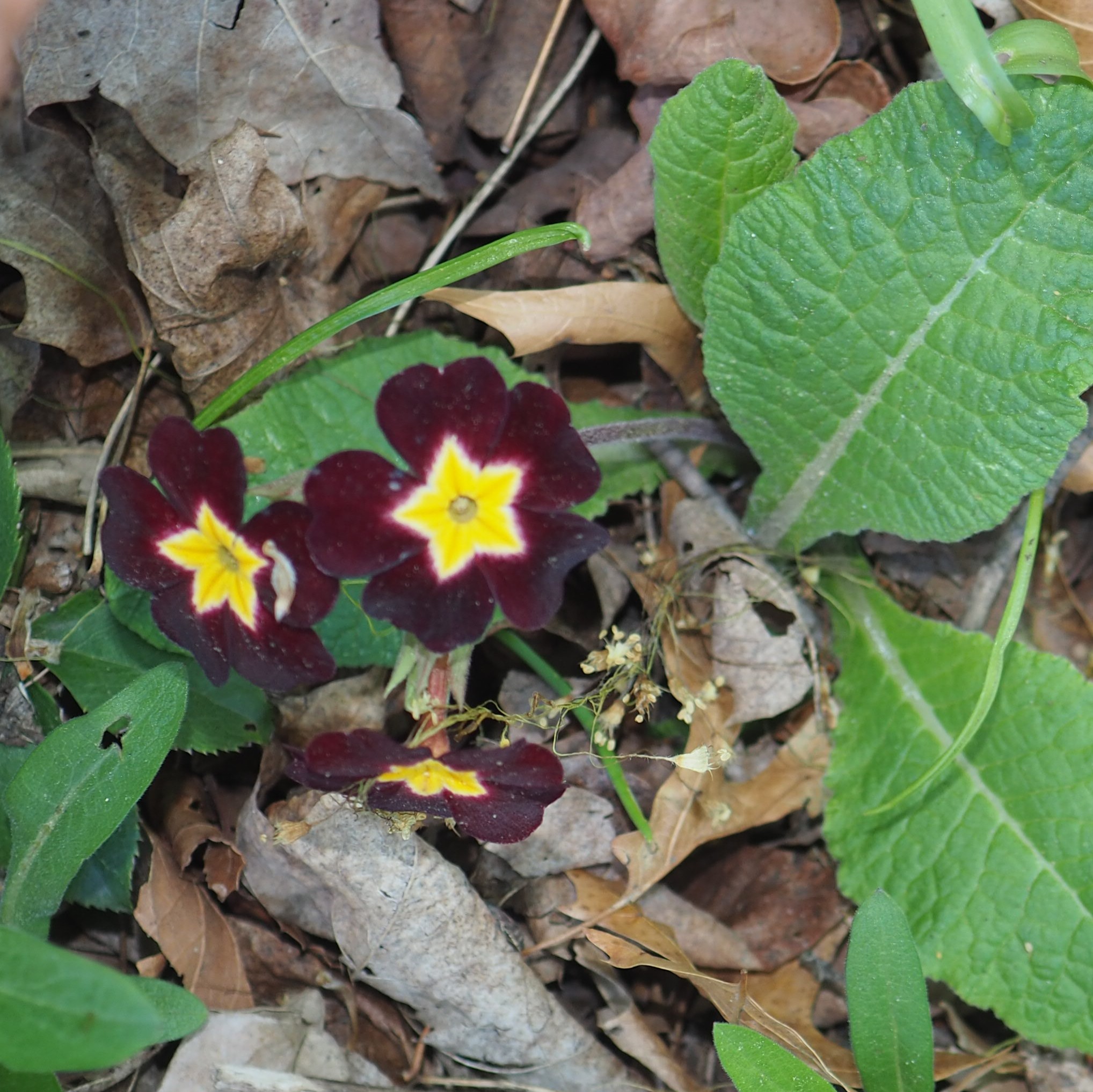
Here is a carpet of forget-me-nots with a few spikes of Ajuga peeping through. I'd thought I had lost all my Ajuga! Surprise! Then comes a stalk of May Apple with a flower bud developing underneath the leaves. Another source of yellow, one of the Mustards, greets me at the South-west corner of the shop.
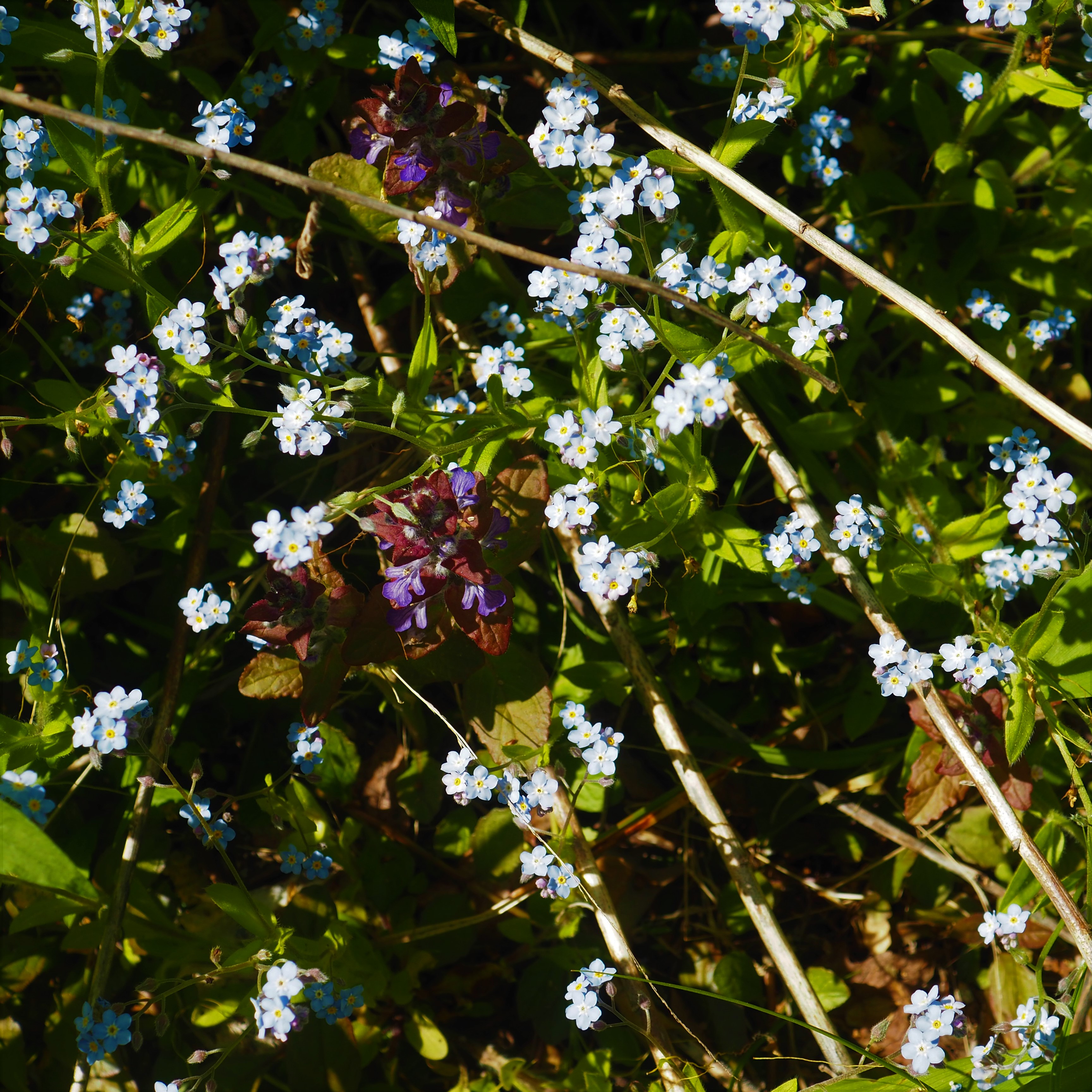
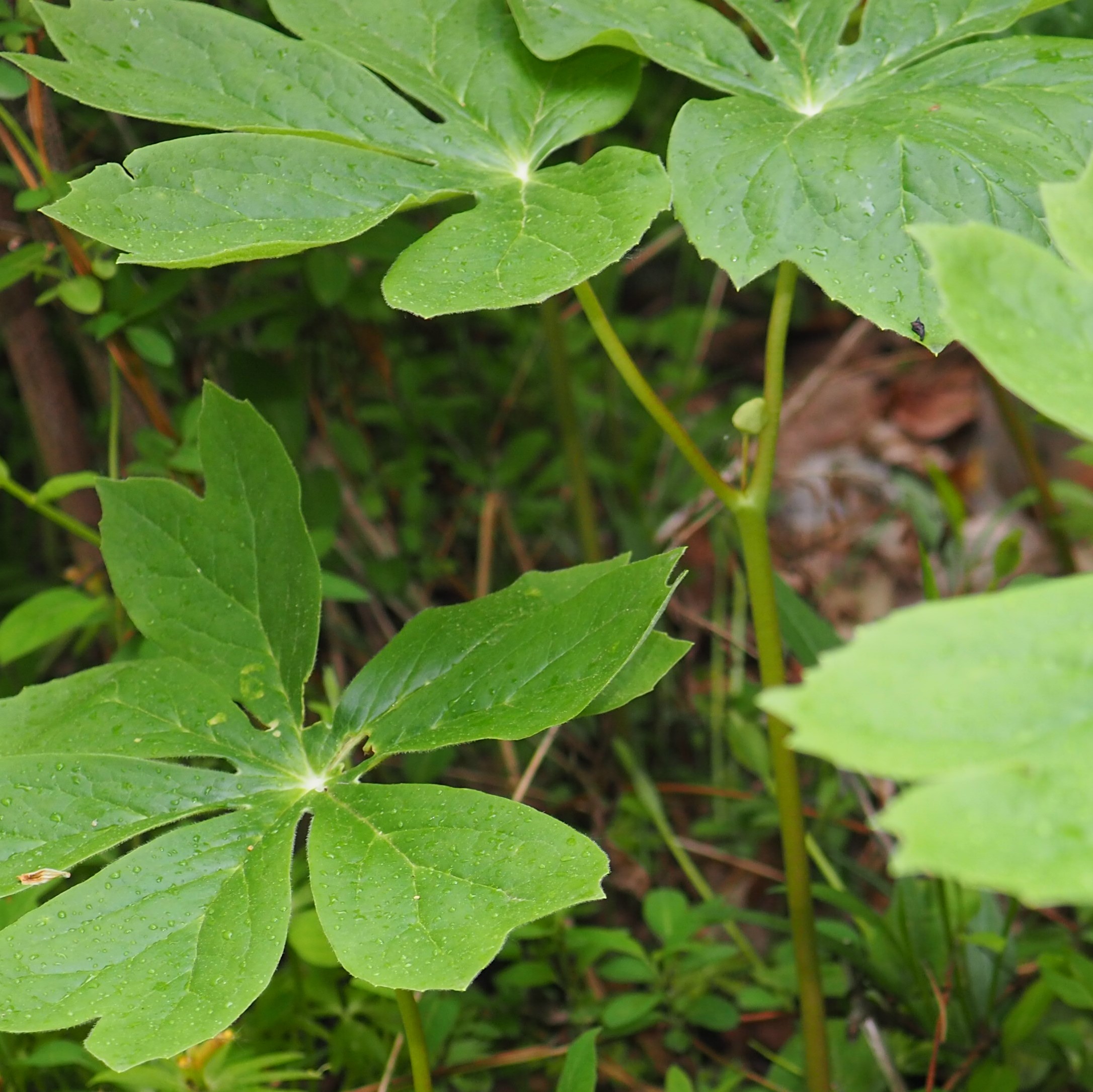

The Tulips are mostly over. But the tall yellow and green one still enjoys hanging out next to the charming old Wild Geraniums. The Pulmonaria are having a re-bloom. For a while their blossoms were all blue, but now we're getting fresh pink flowers that will gradually turn through purple to blue.
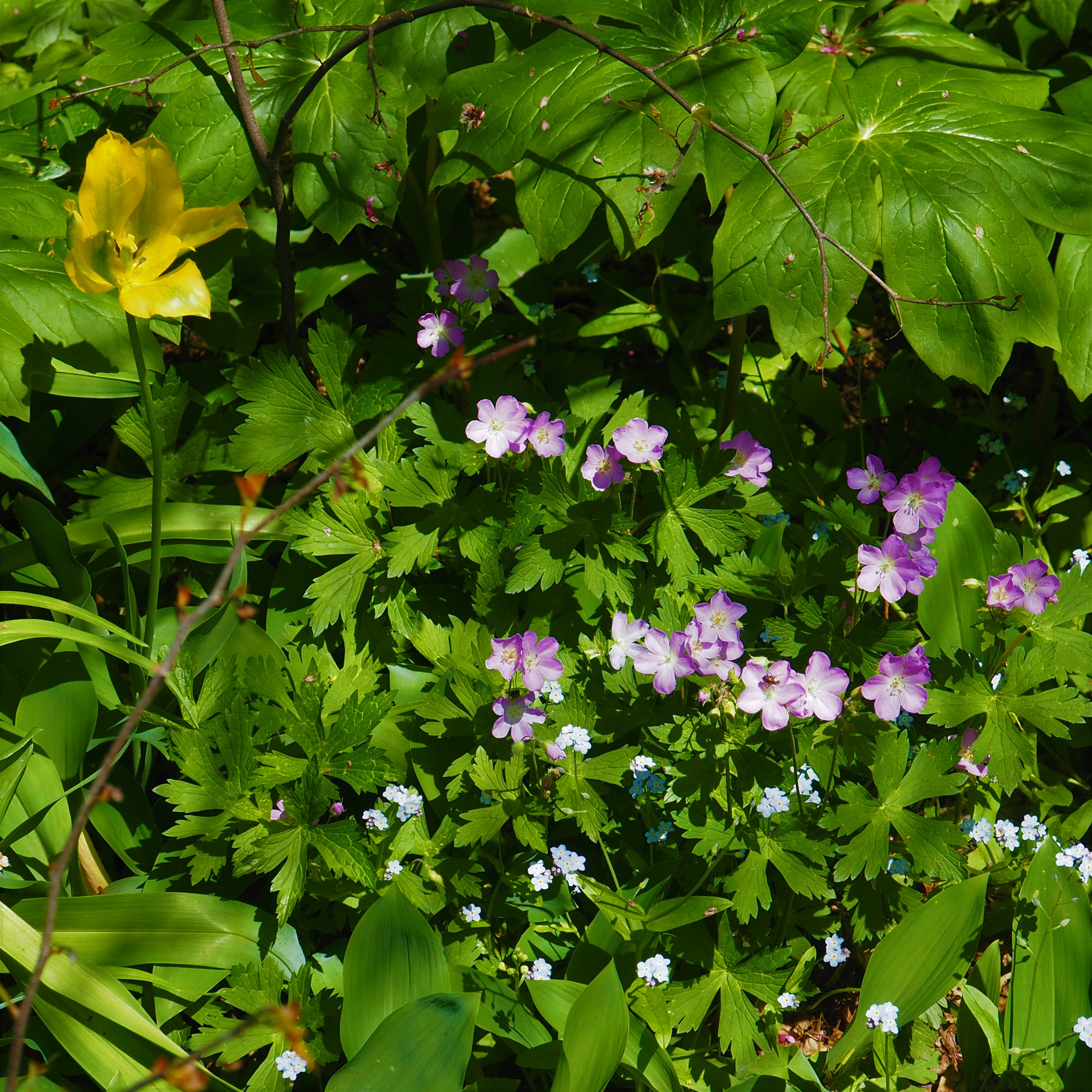
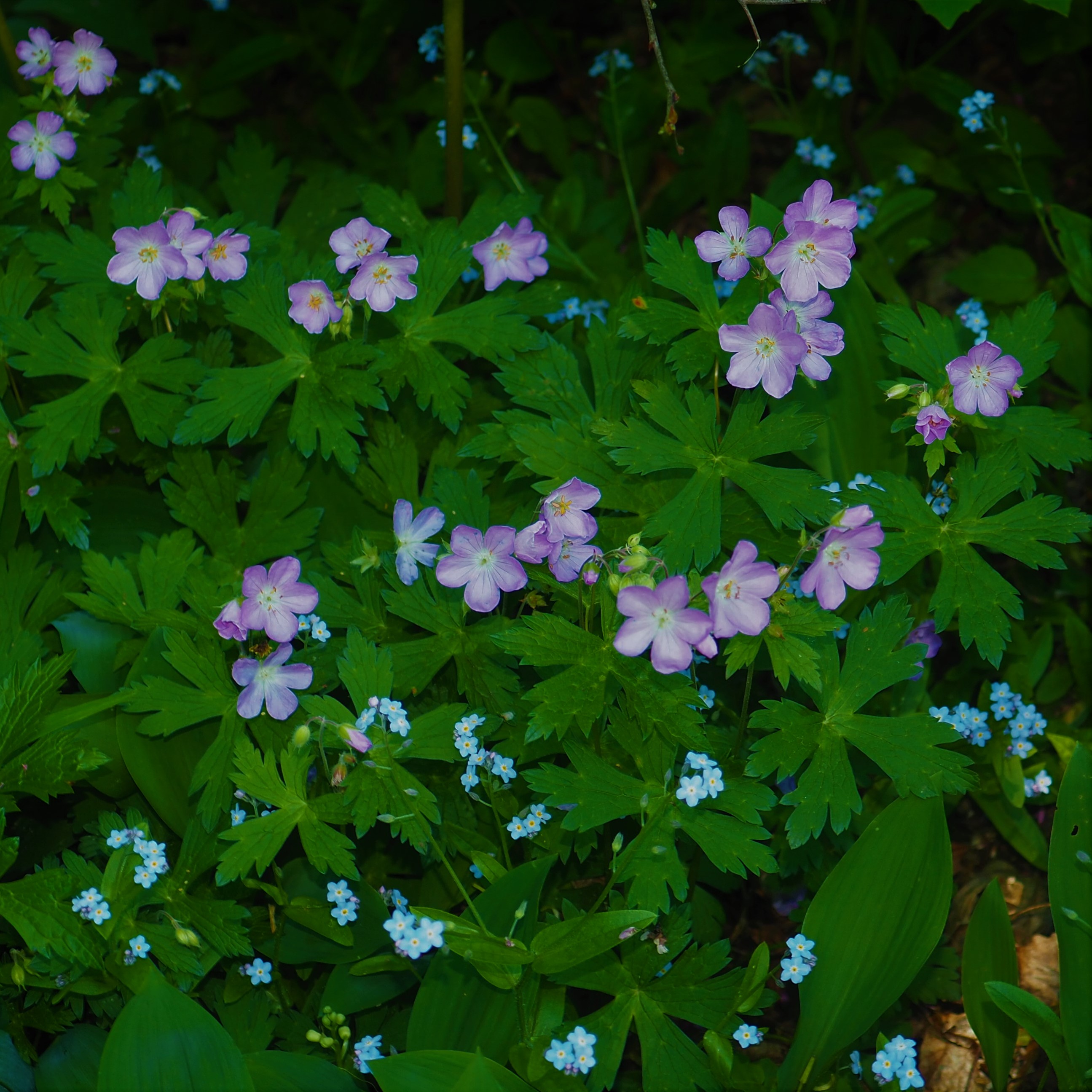
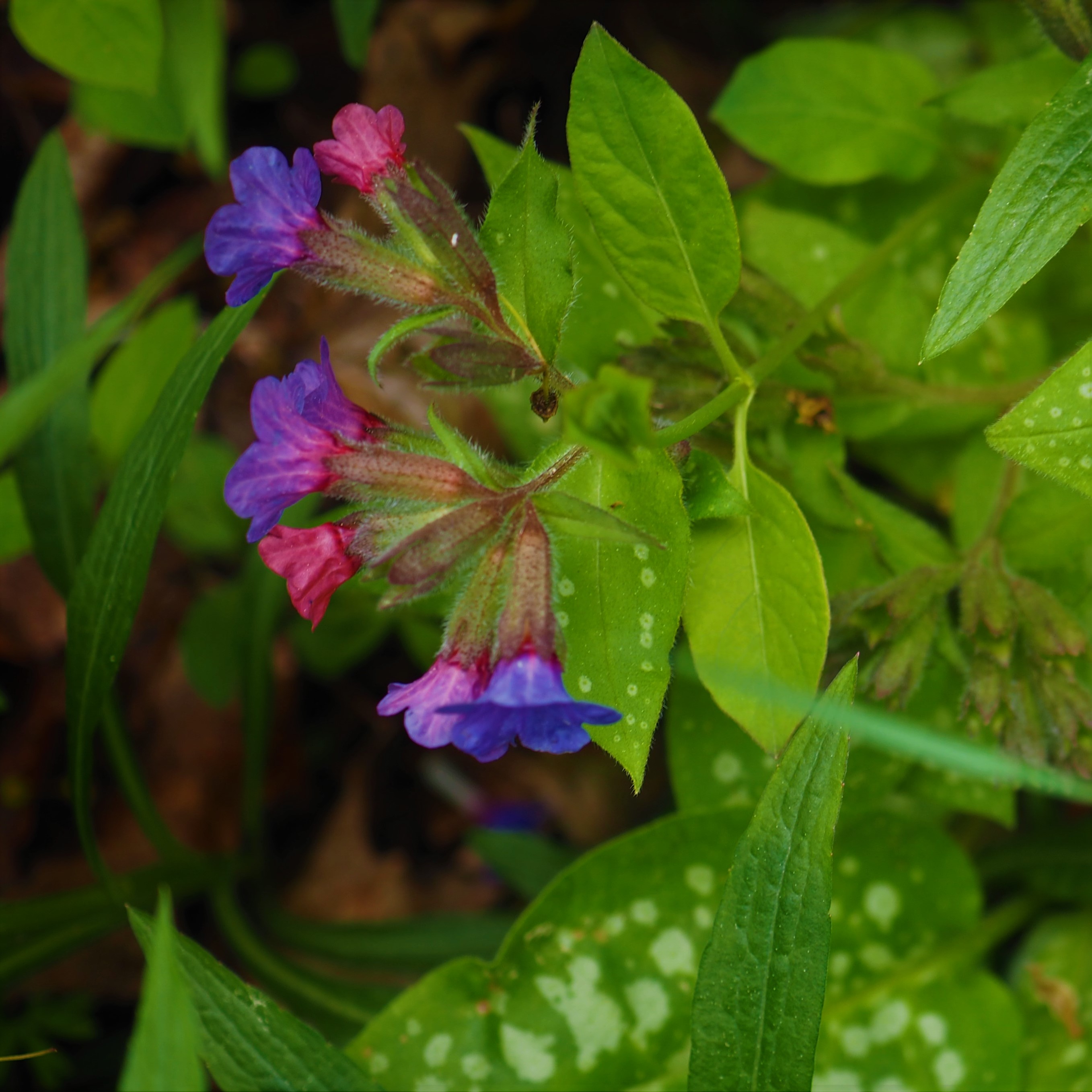
Here is the Solomon's Seal in nearly full bloom. Something I forgot we had: In the front, where there is a little mixture of bushes and smaller things, this Dogwood sprout, which some creature planted here after it had been trimmed off from the Seely's big Dogwood. Raspberry season is also starting up for us: here's a tiny group of buds for the summer's pickin's.


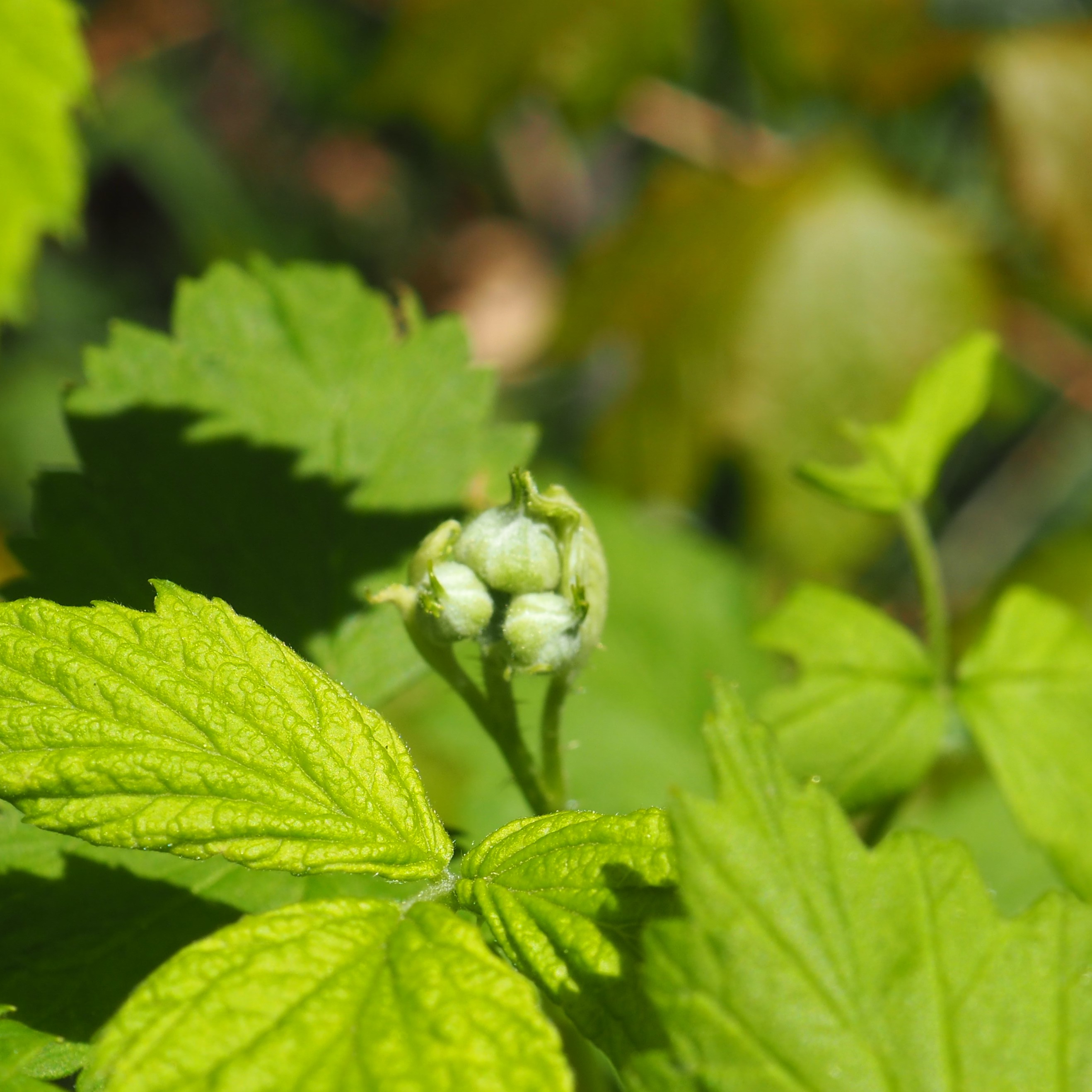
Spiders were thick. Tiny little cobwebbers are a little too thick. I do cull one every once in a while, especially where there is a barklouse I'm keeping an eye on. But they are cute and even beautiful in their nice round bodies. Here's one I don't know; then a Common House Spider with its caricature face on its abdomen.
Third is another.
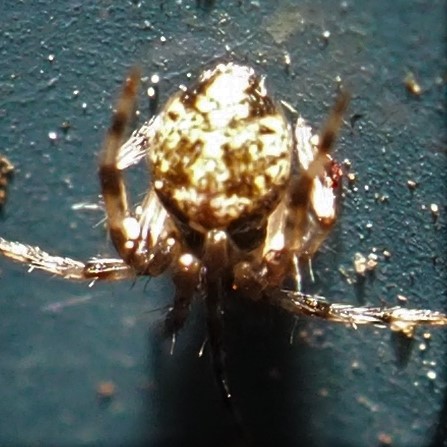
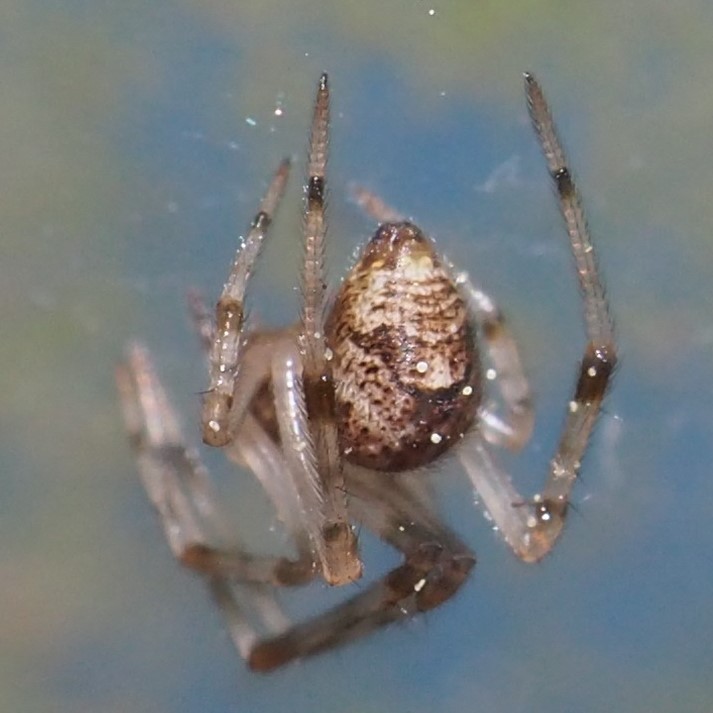

Here is a little silken nest of Spider eggs. Then a Bassaniana, one of the larger Crab Spiders. Third is a Garden Ghost Spider.

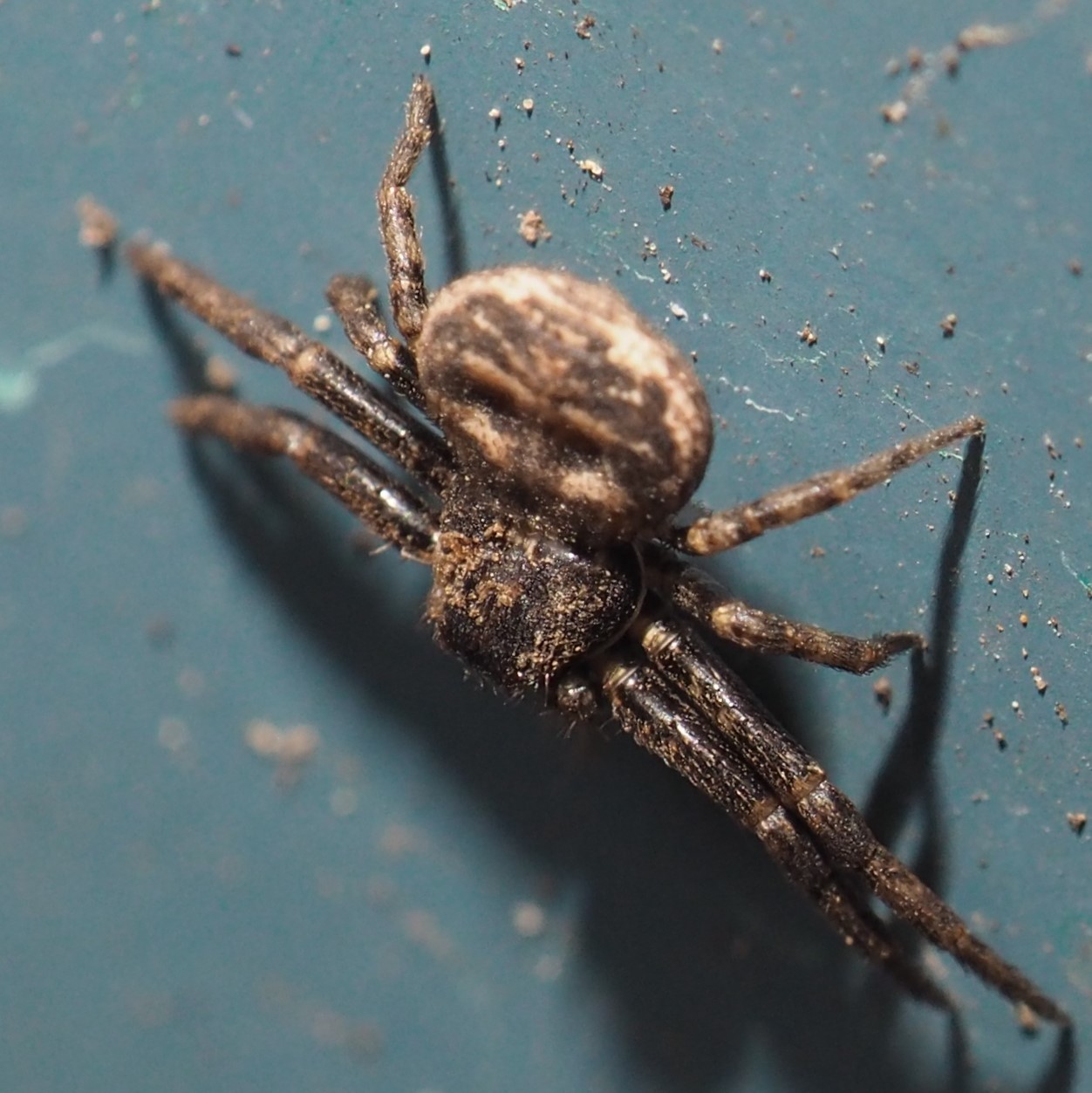
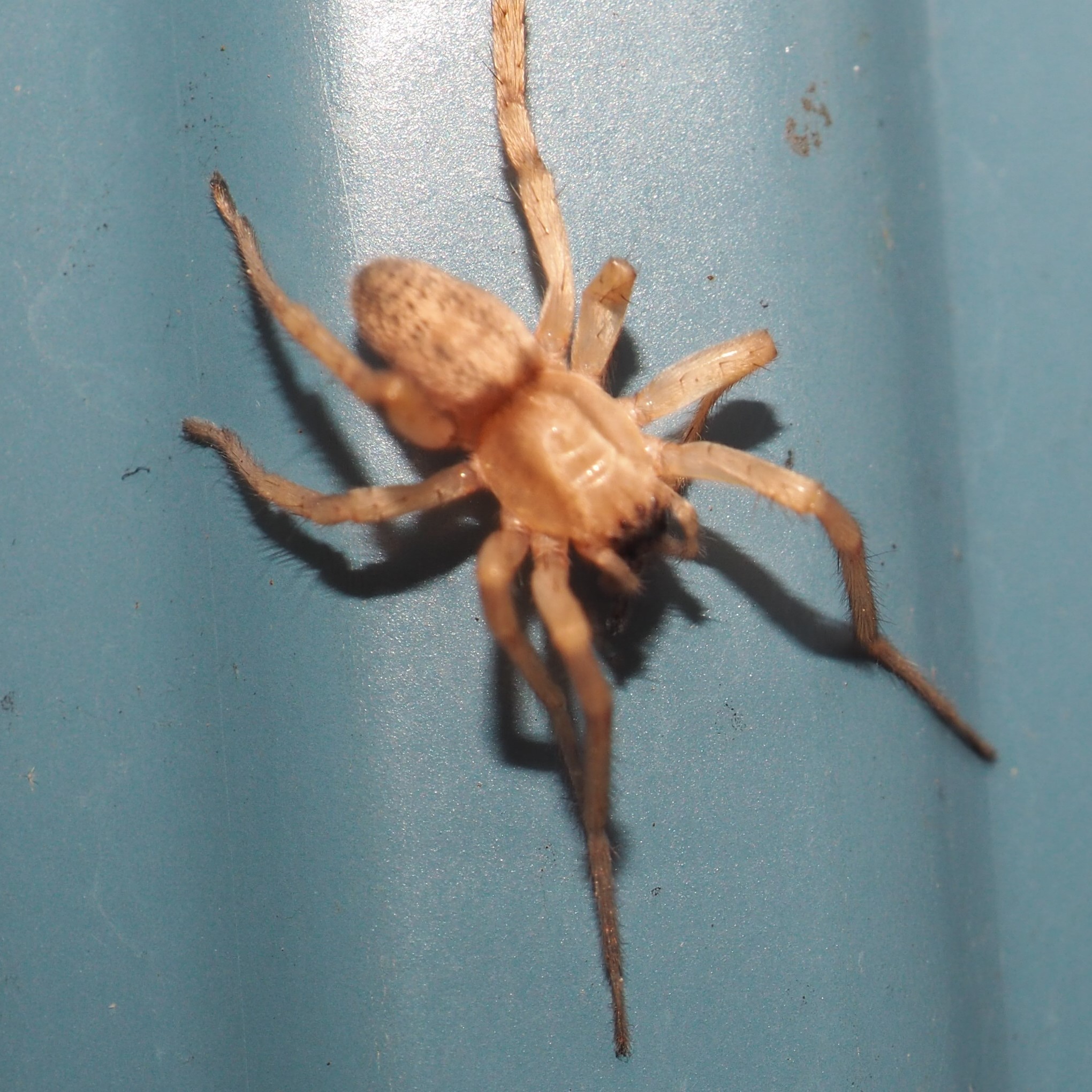
One of the first miniature Spider I learned to recognize was the Dwarf Spider of genus Grammonota. Second looks like a Grammonota capturing another Spider. Third is probably another Grammonota.

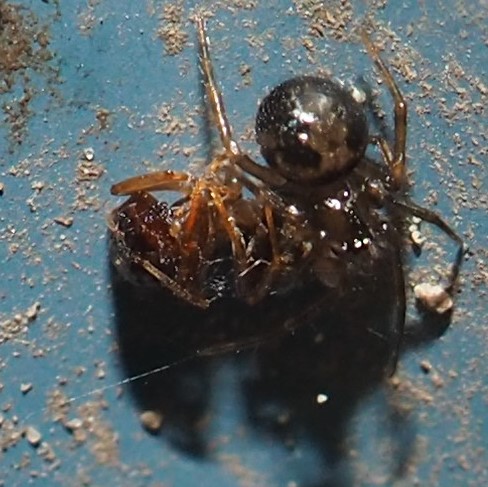
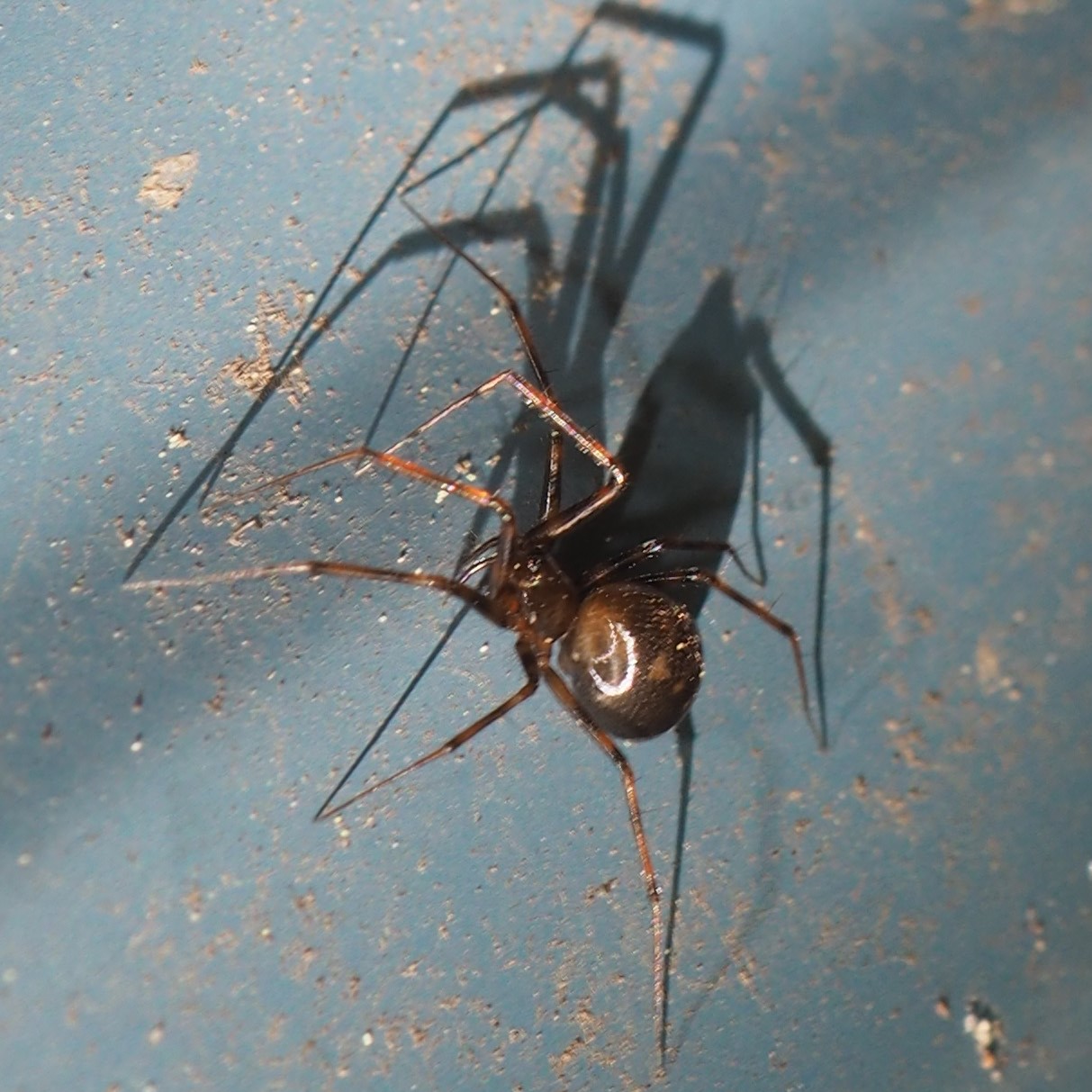
This first is a spider of genus Euryopis, in fact someone Id'd it as Euryopis funebris. The identifier is a new friend on iNat, @harleyfoundaspider, who is really good on Spiders! Second is a mystery to me, but how cute! Third is a White-jawed Jumping Spider.

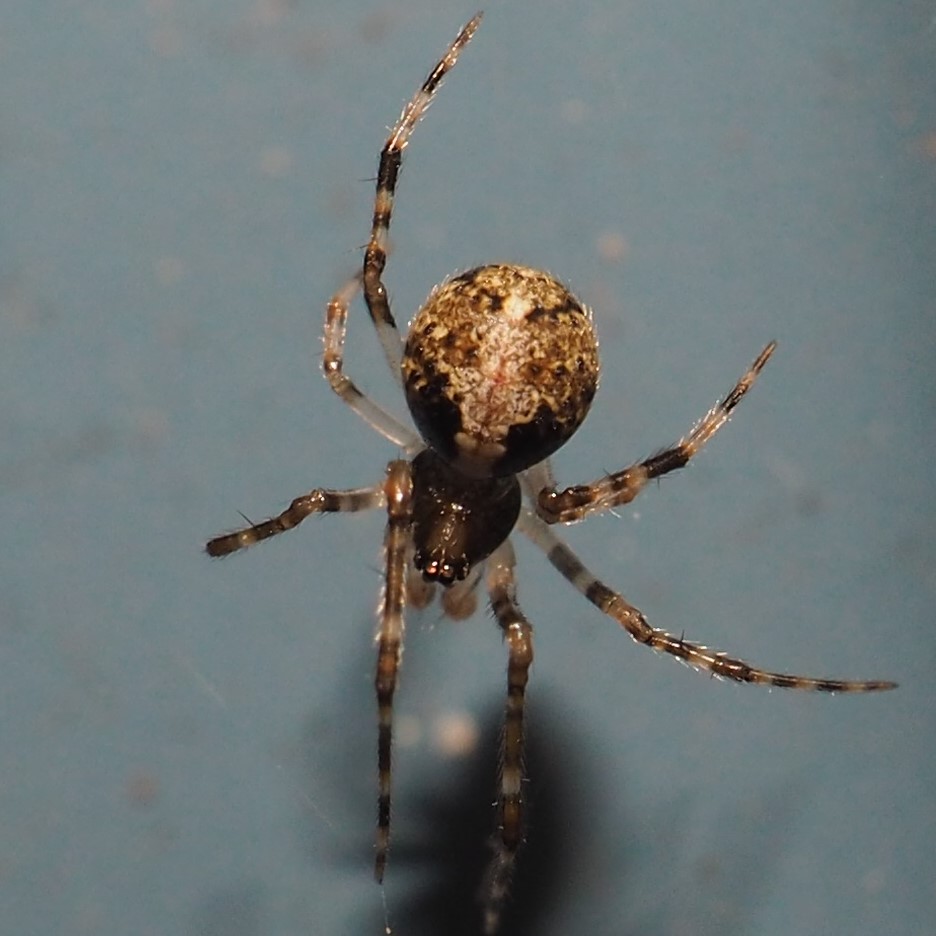
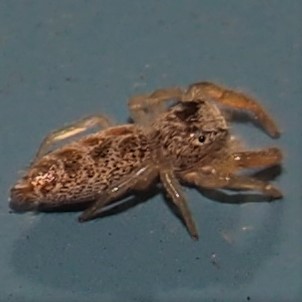
Speaking of Jumping Spiders, one of my favorites came by this week. Every view of it seems different. From its pattern to its bright eyes to the various pictures you can see if you look at it from another angle. Like the third picture, where the head looks like the face of a disagreeable character (its eyes are at the top of the head). (Follow the upside down eyes through the big nose down to its big wide frown.)
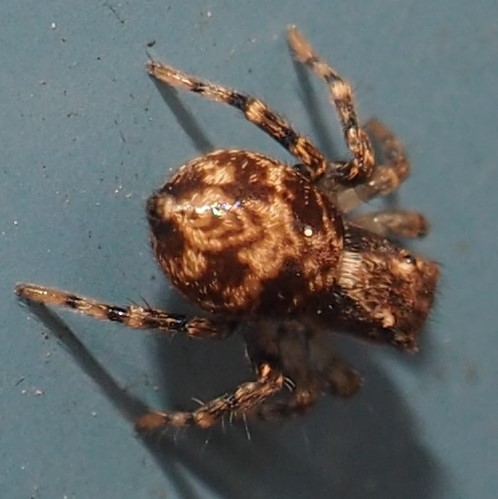

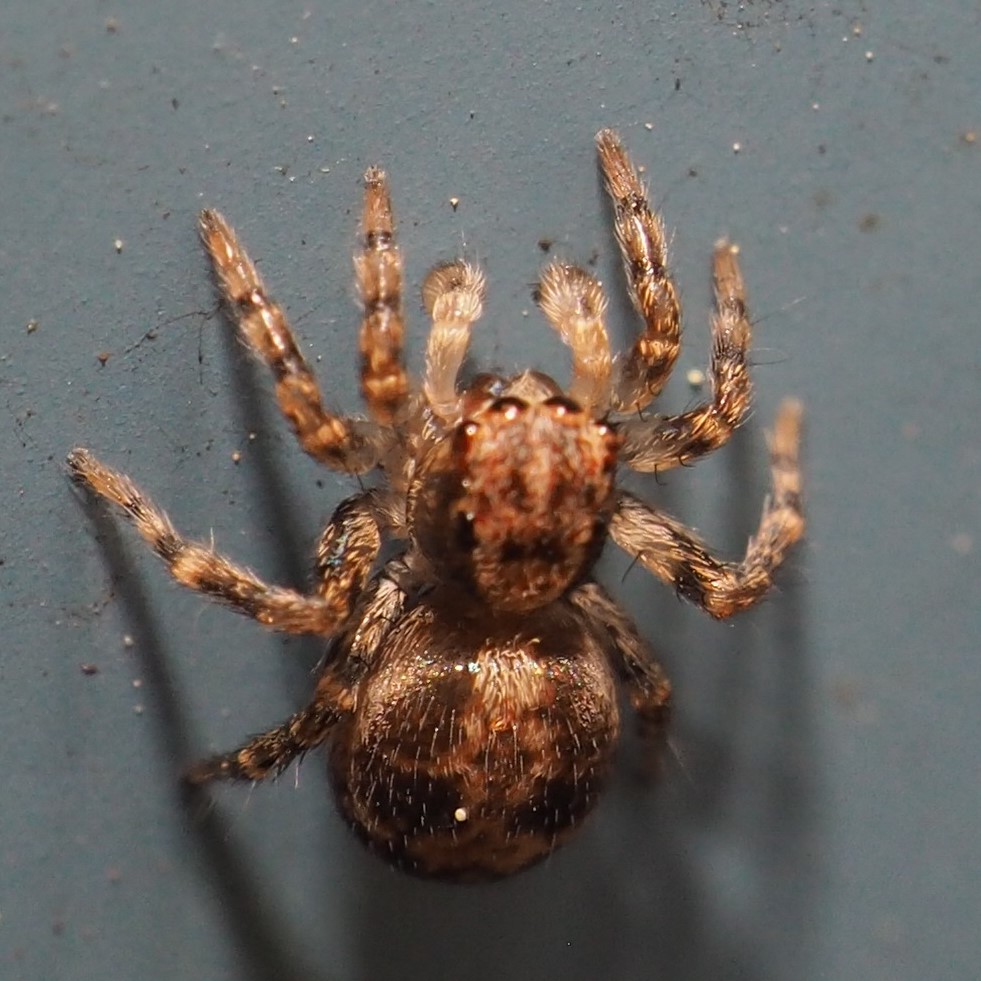
One last Spider. This member of genus Tetragnatha folds up into a needle-shaped structure. The only one I know to identify is the lovely green and red T. viridis which we saw on the side of the shop several times this winter!
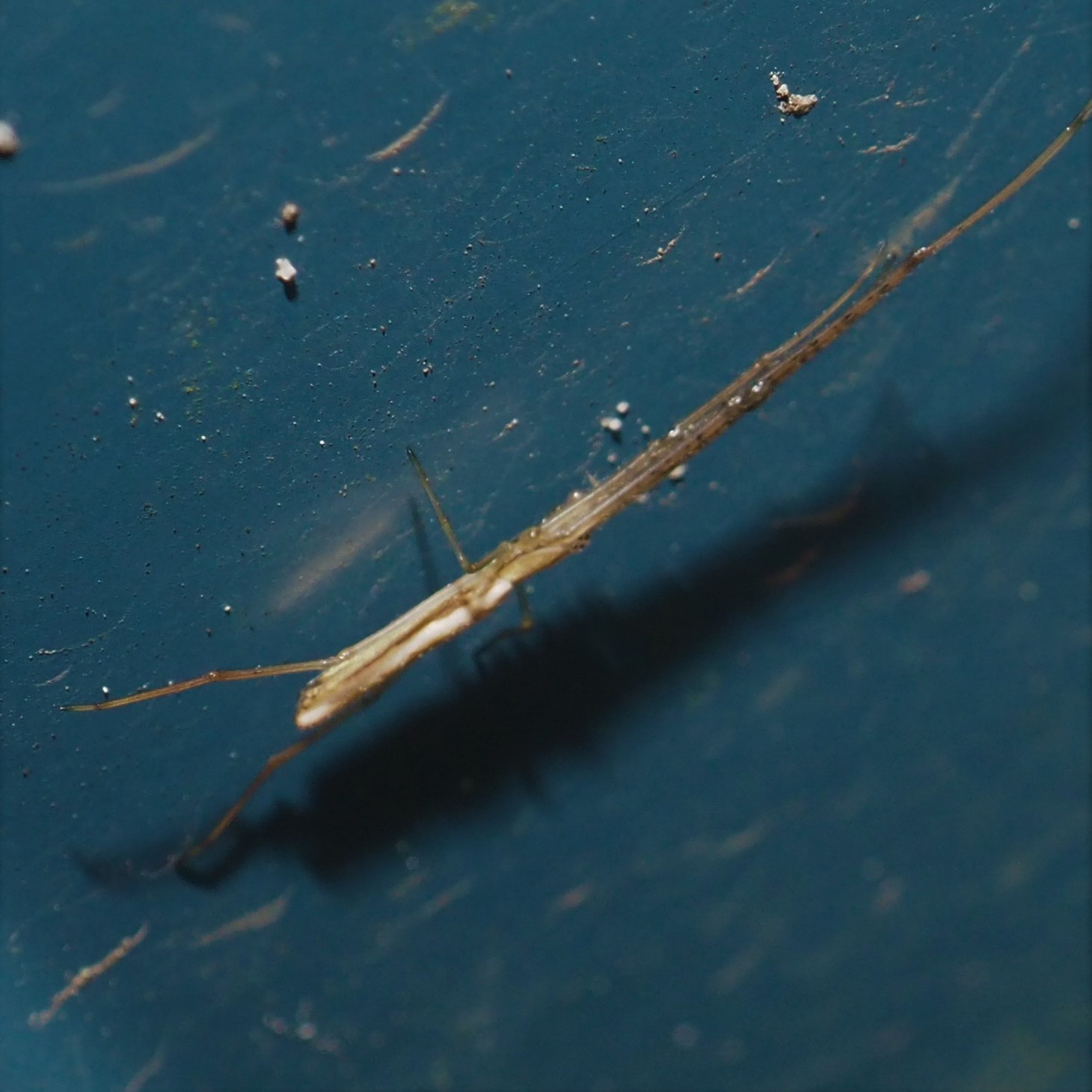
One sole wasp - but one I'm glad to see. These Chalcidoid Wasps are known for their iridescences.
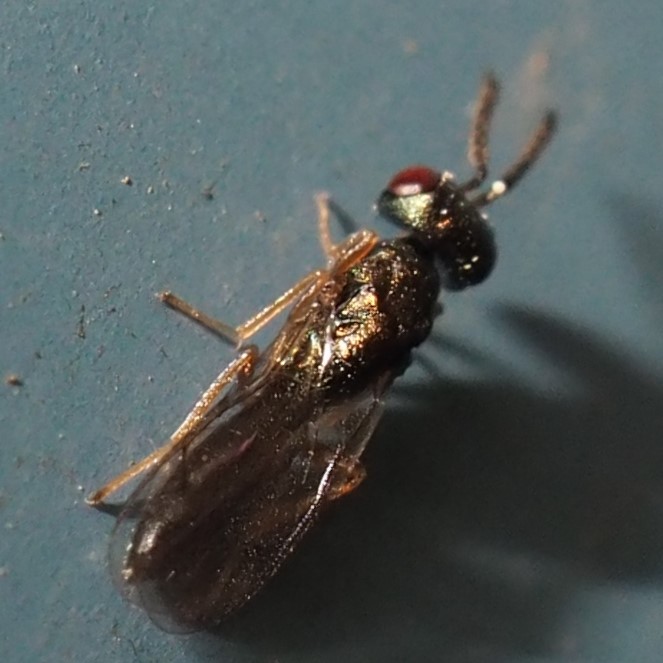

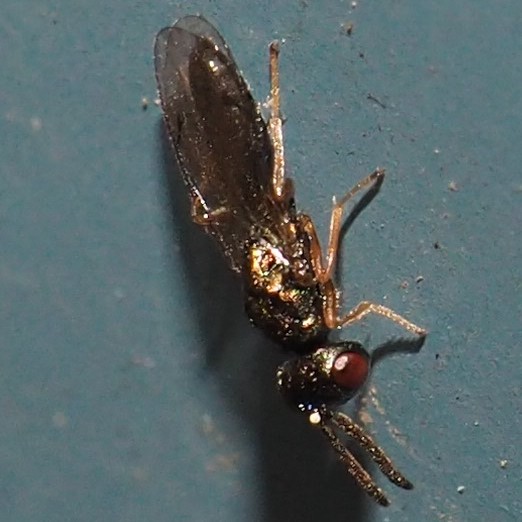
Maybe you'd like to see some morphings of the red primroses.

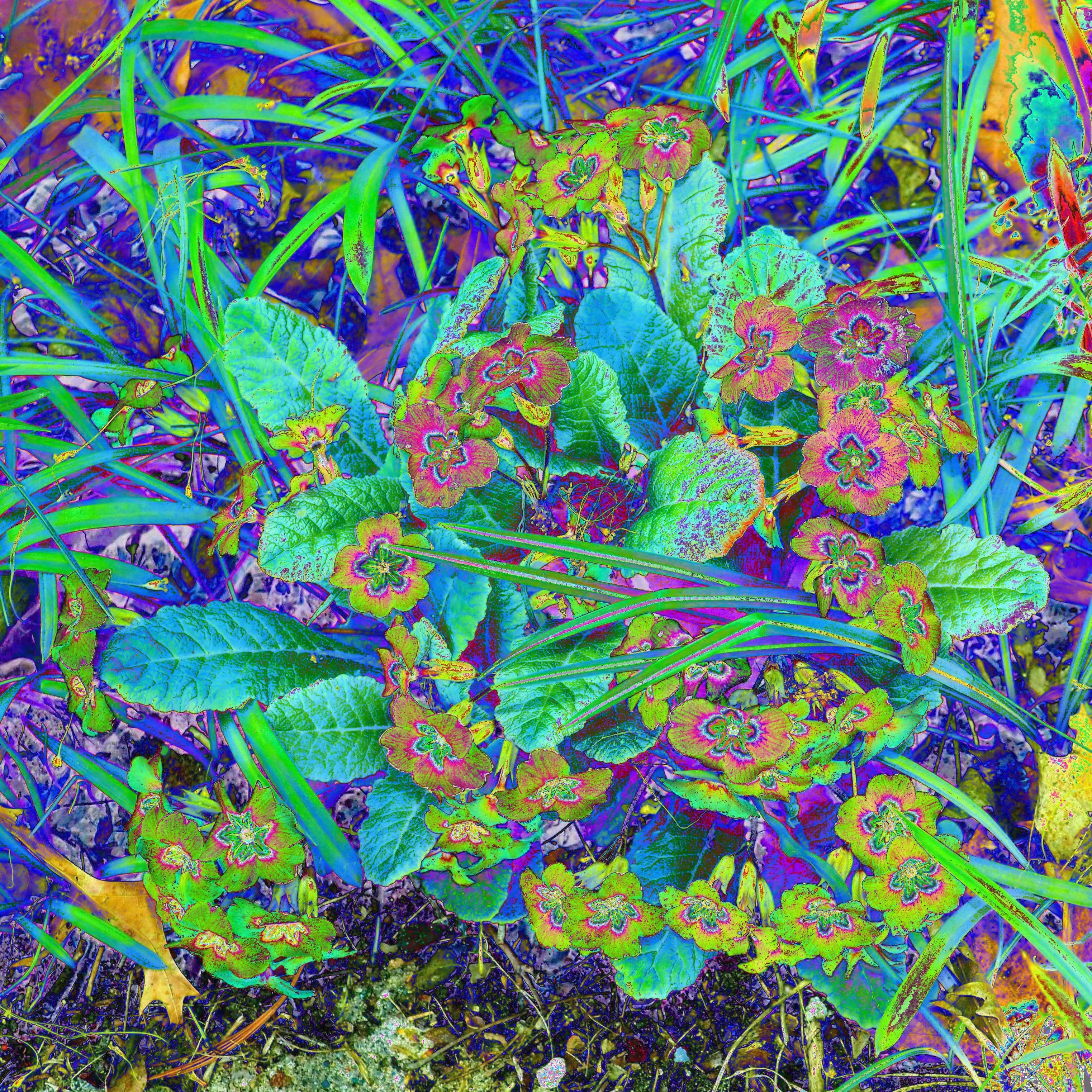
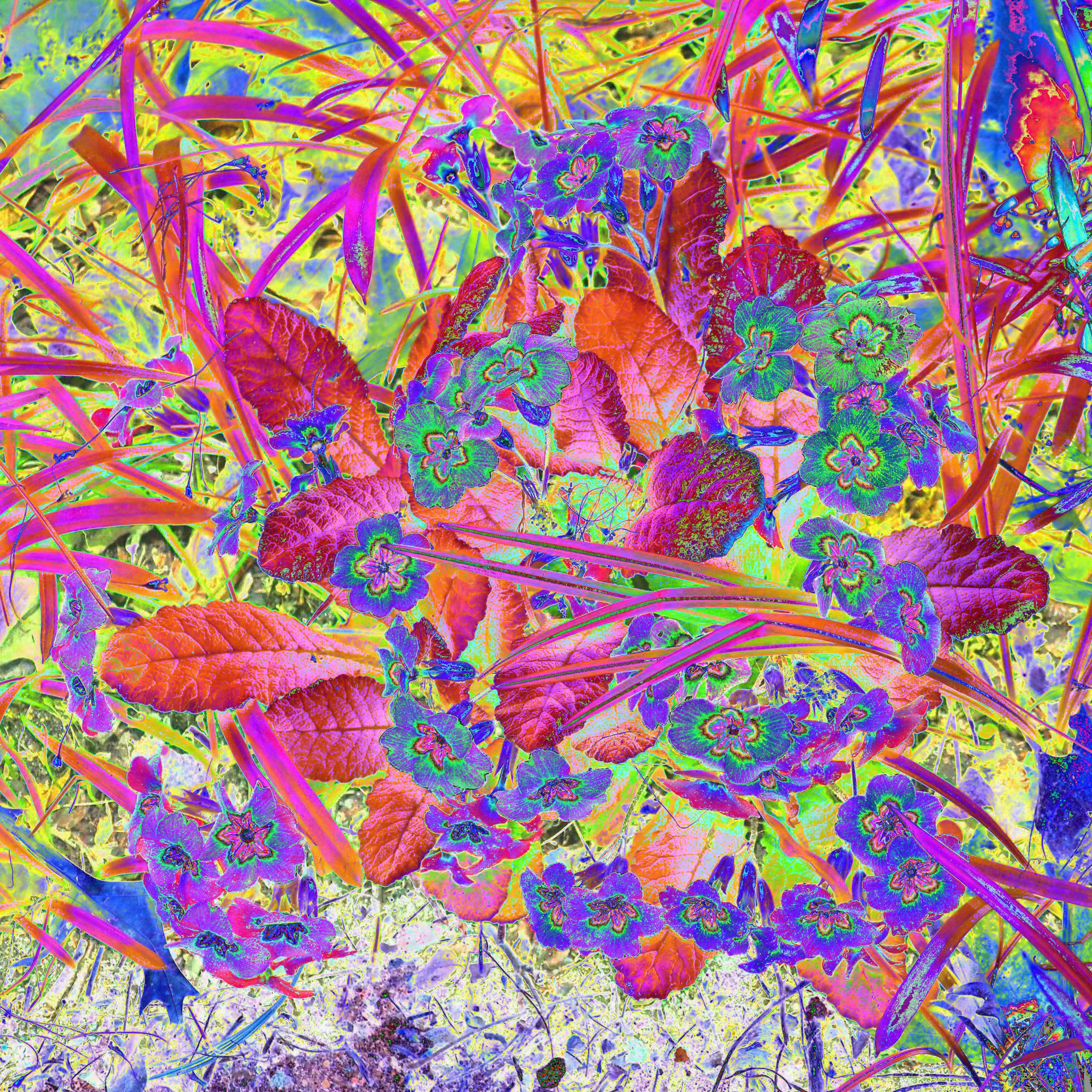
Only one person bit on the Beatles quotation! "Every one of us has all we need" was a line in "Yellow Submarine". Cheerios to Kathleen Seidl for remembering it. Speaking of memory, they say you lose your memory as you get older, but actually it's because we learn so much stuff when we are young, and that stuff is so useful that who needs the details as we get older? Sometimes I miss that old turntable, but we have Youtube.com to sing it all over for us. Enjoy!
Love, Martha
Back to May 2, 2021
Forward to May 16, 2021
Back to main menu
copyright Martha O'Kennon 2021










 ectopsocus eggs- 5 7 21 1.jpg)


















































































